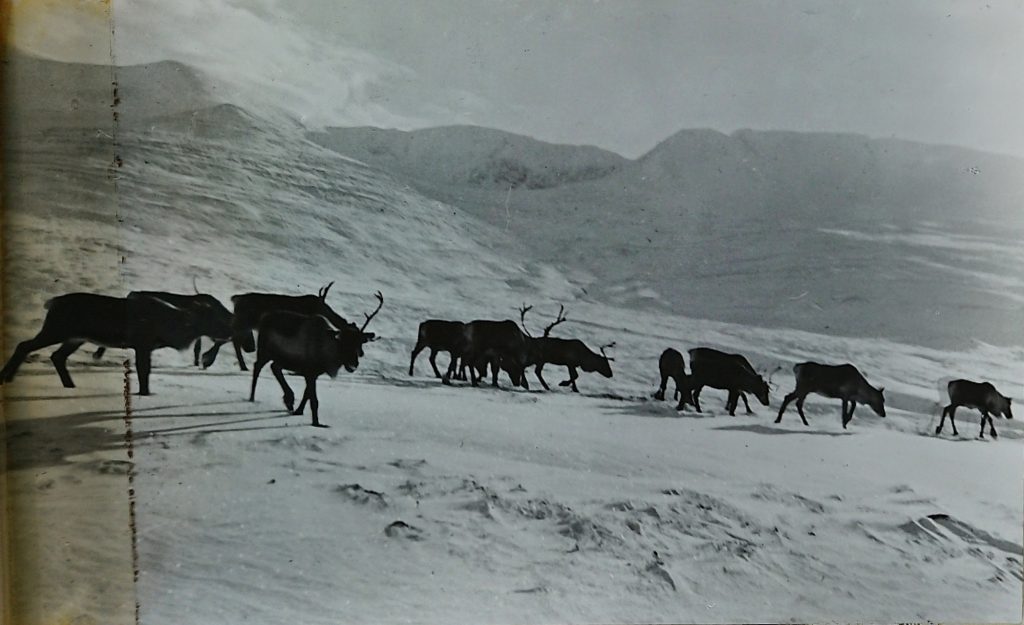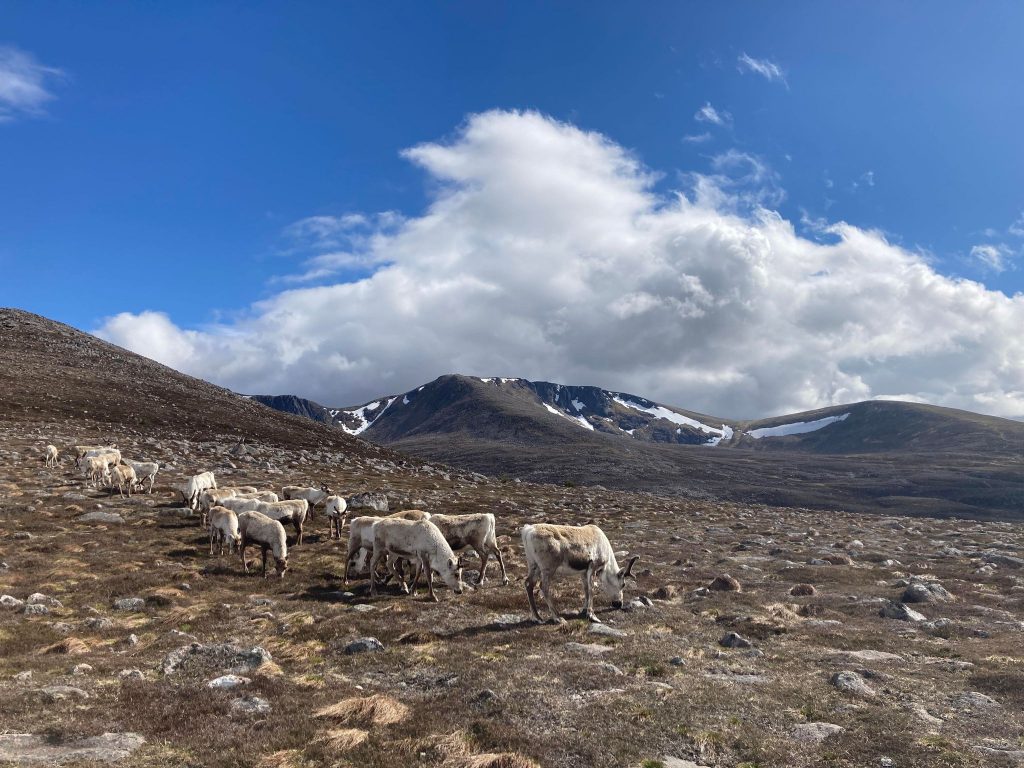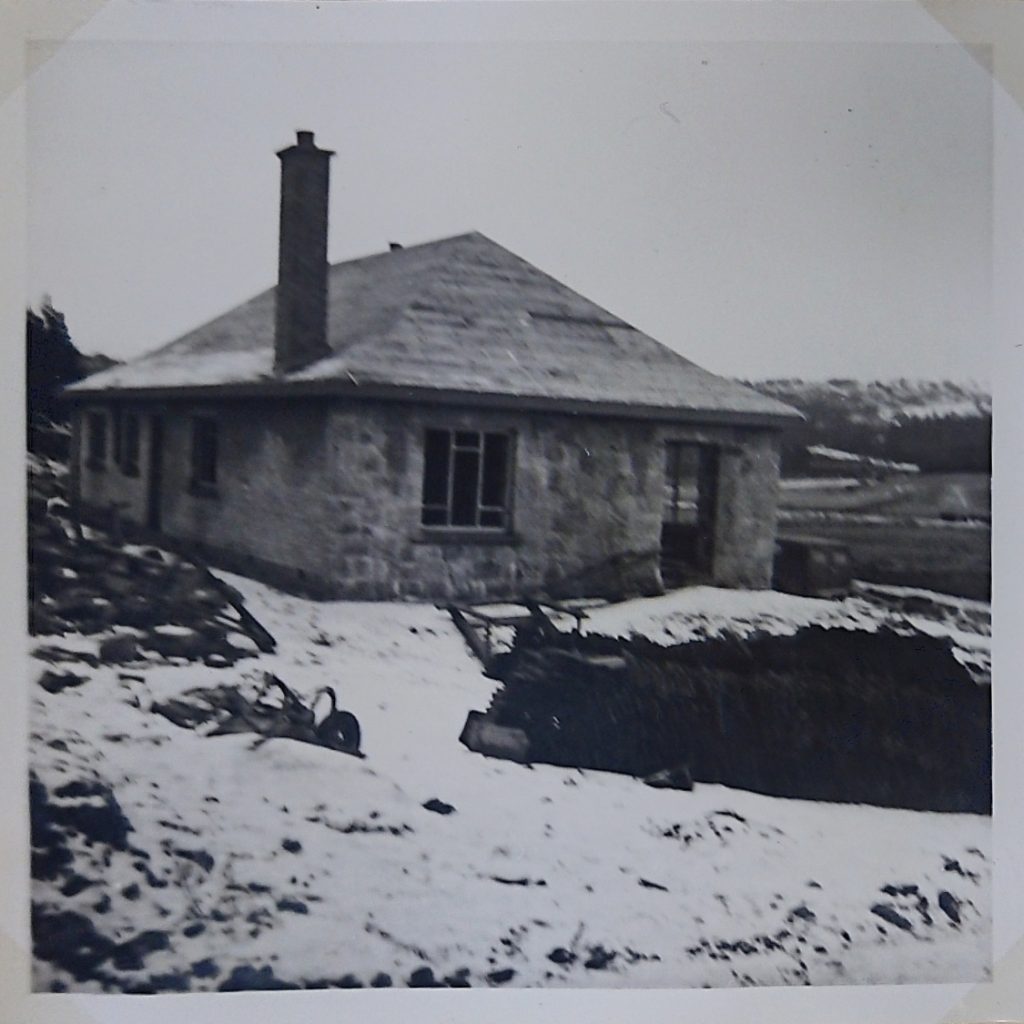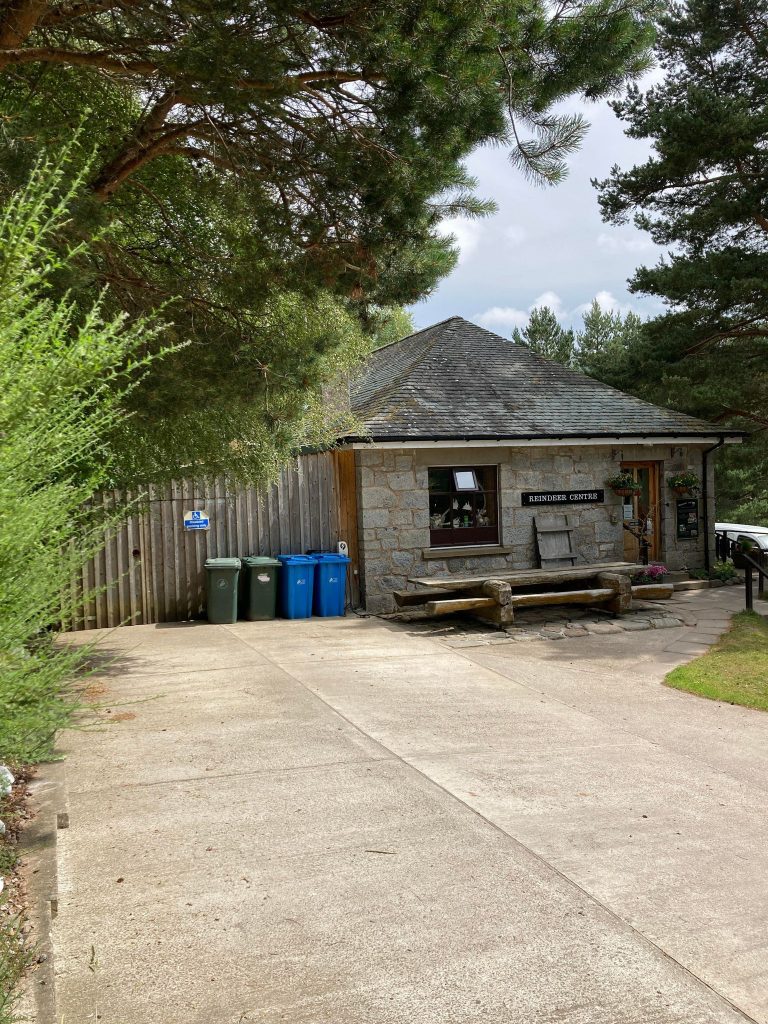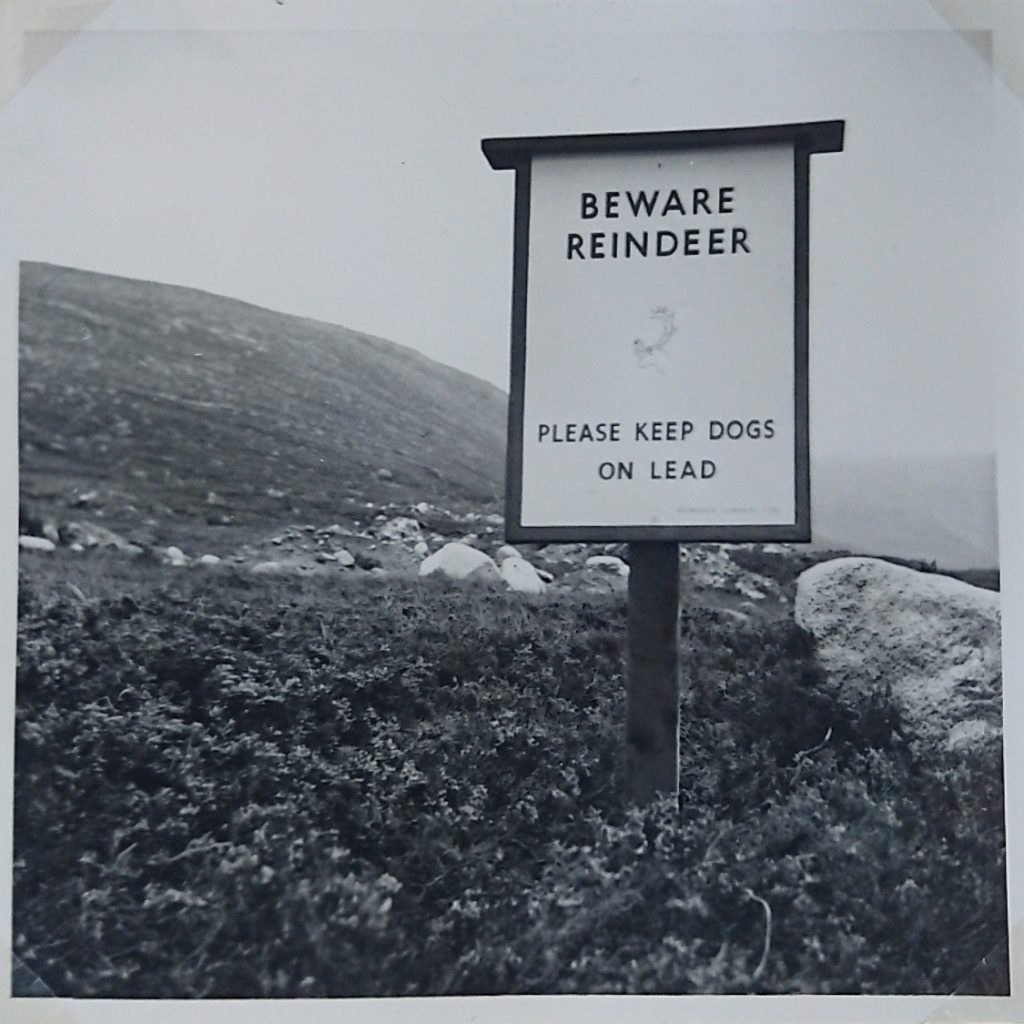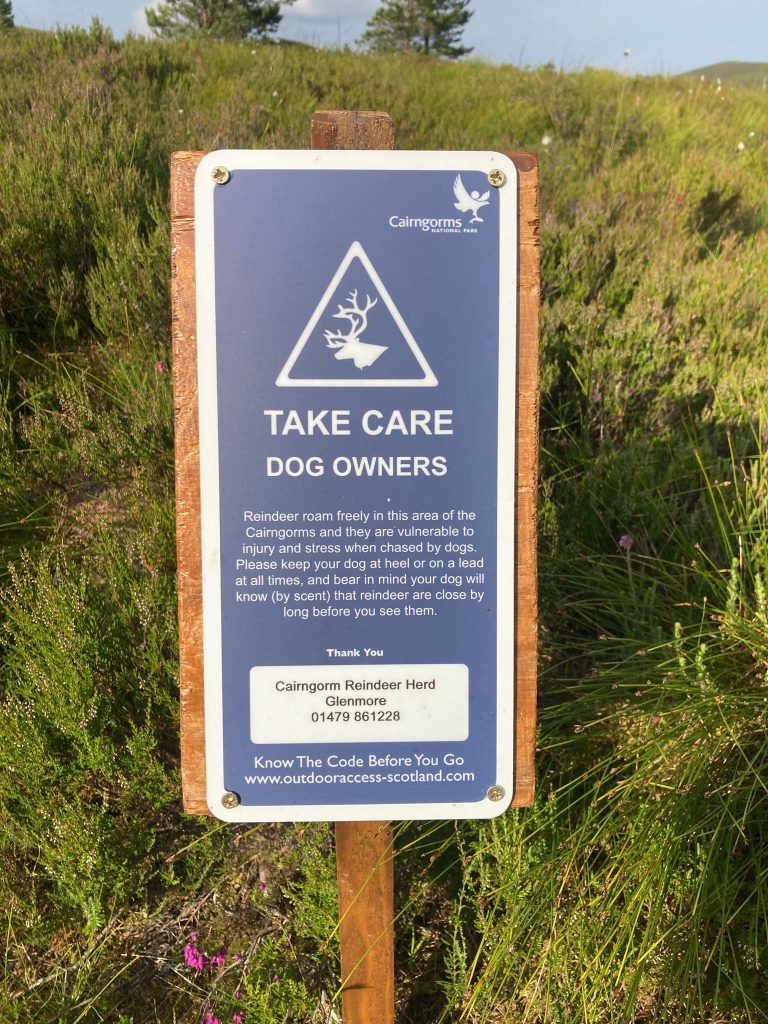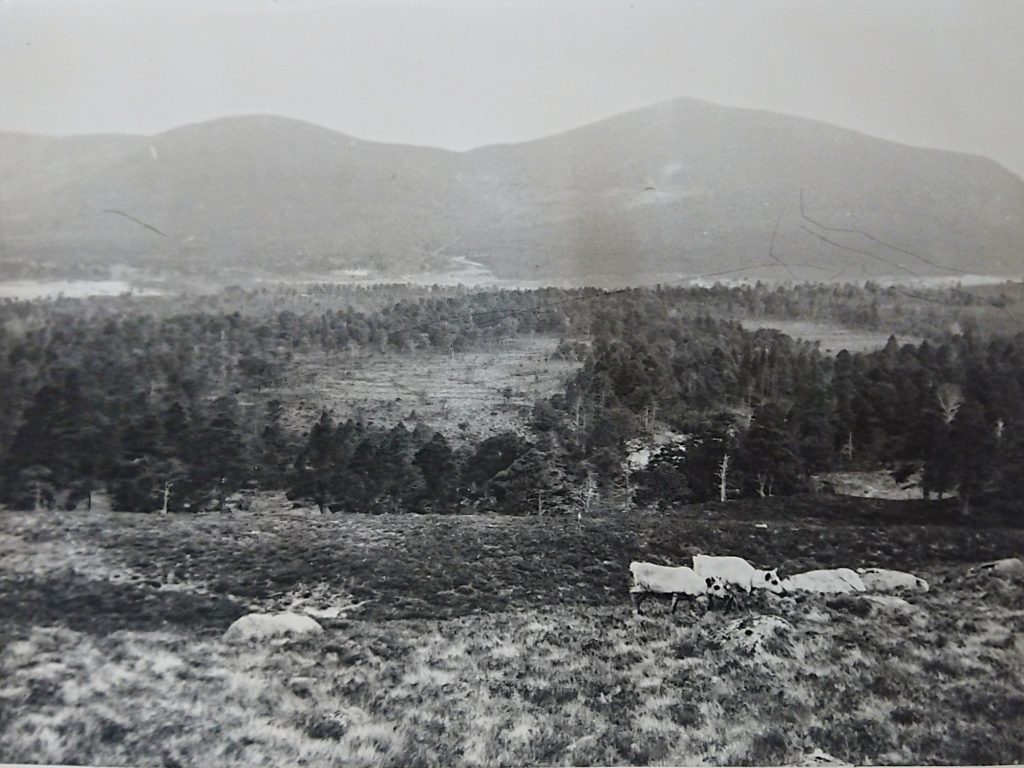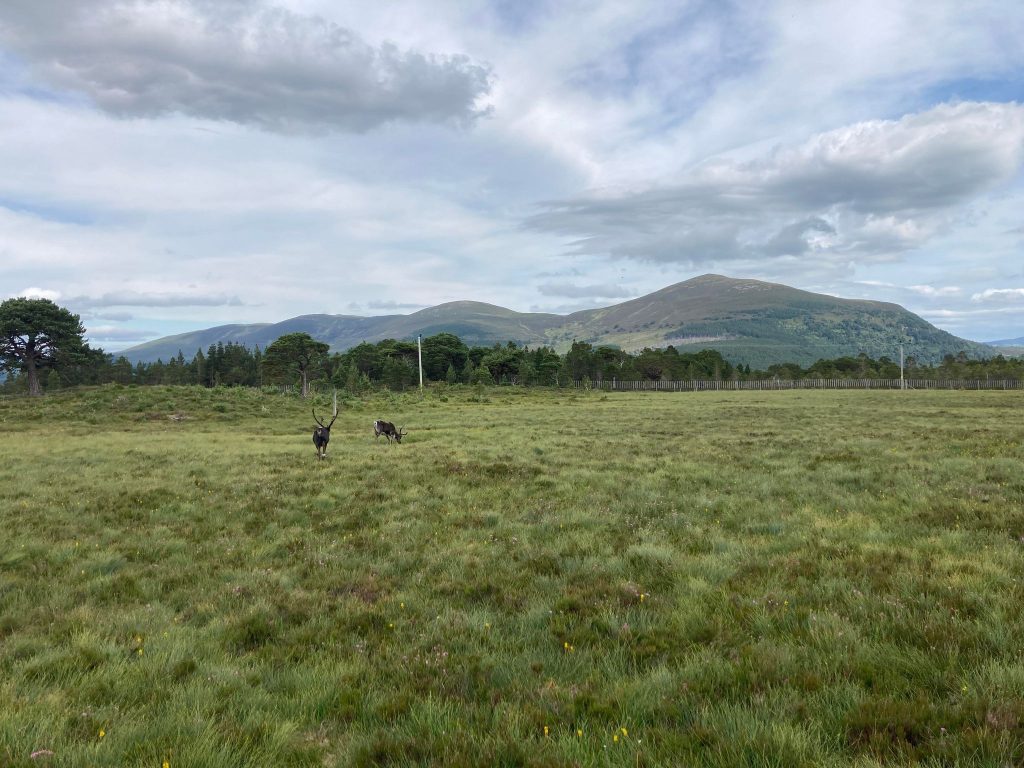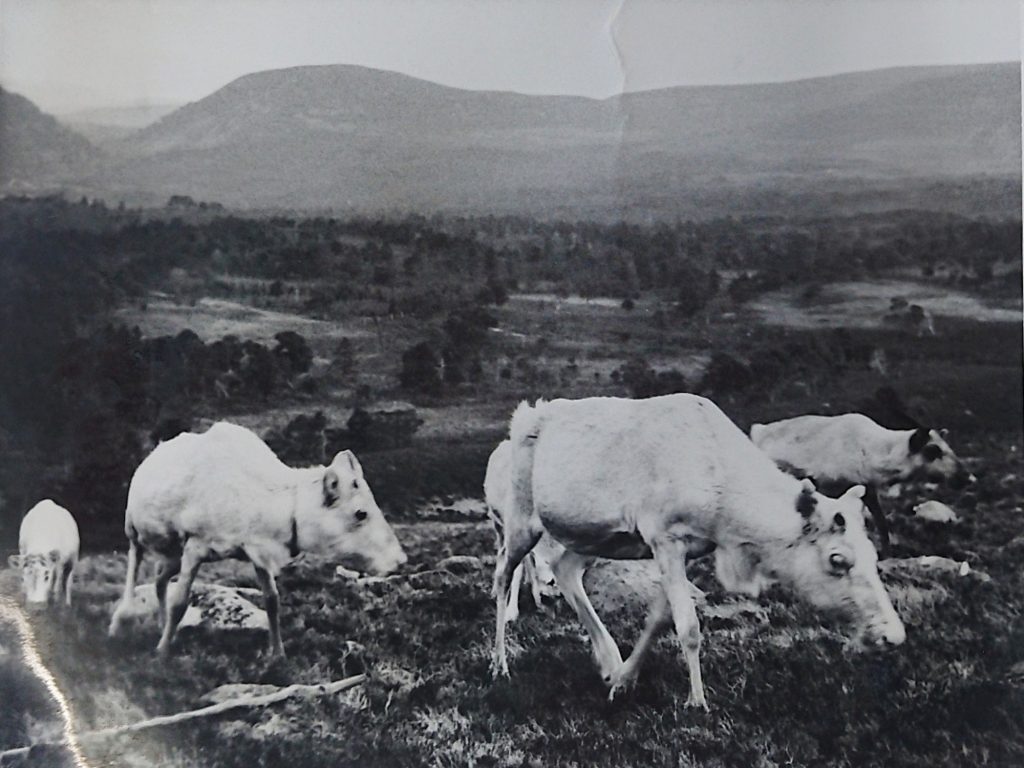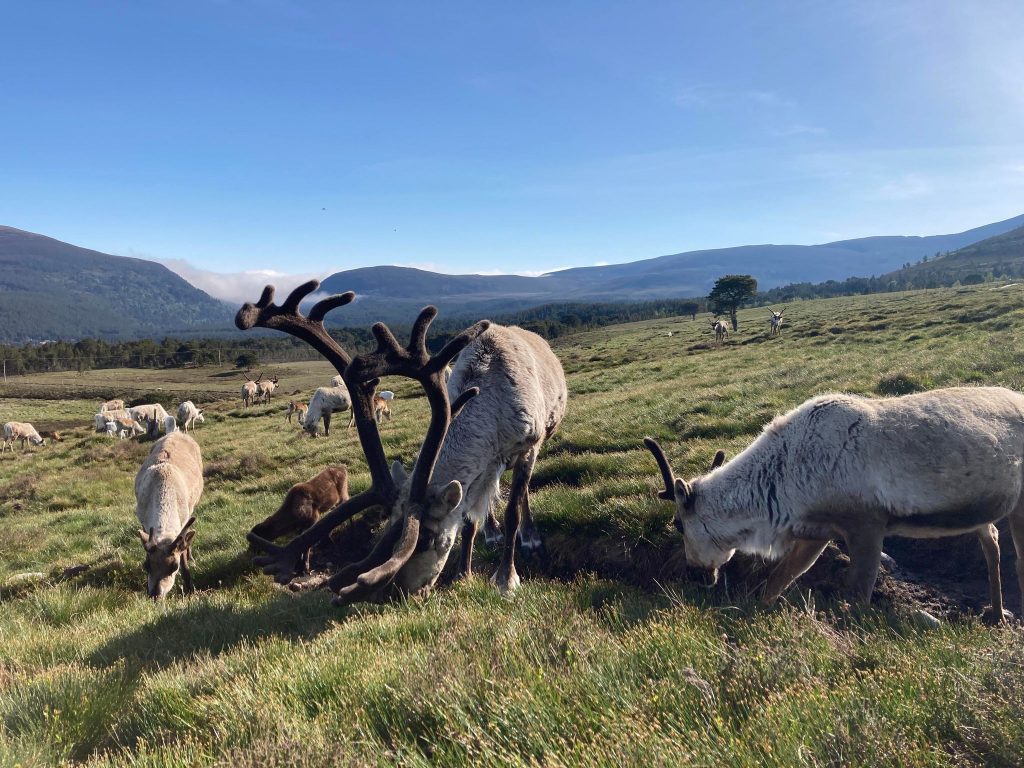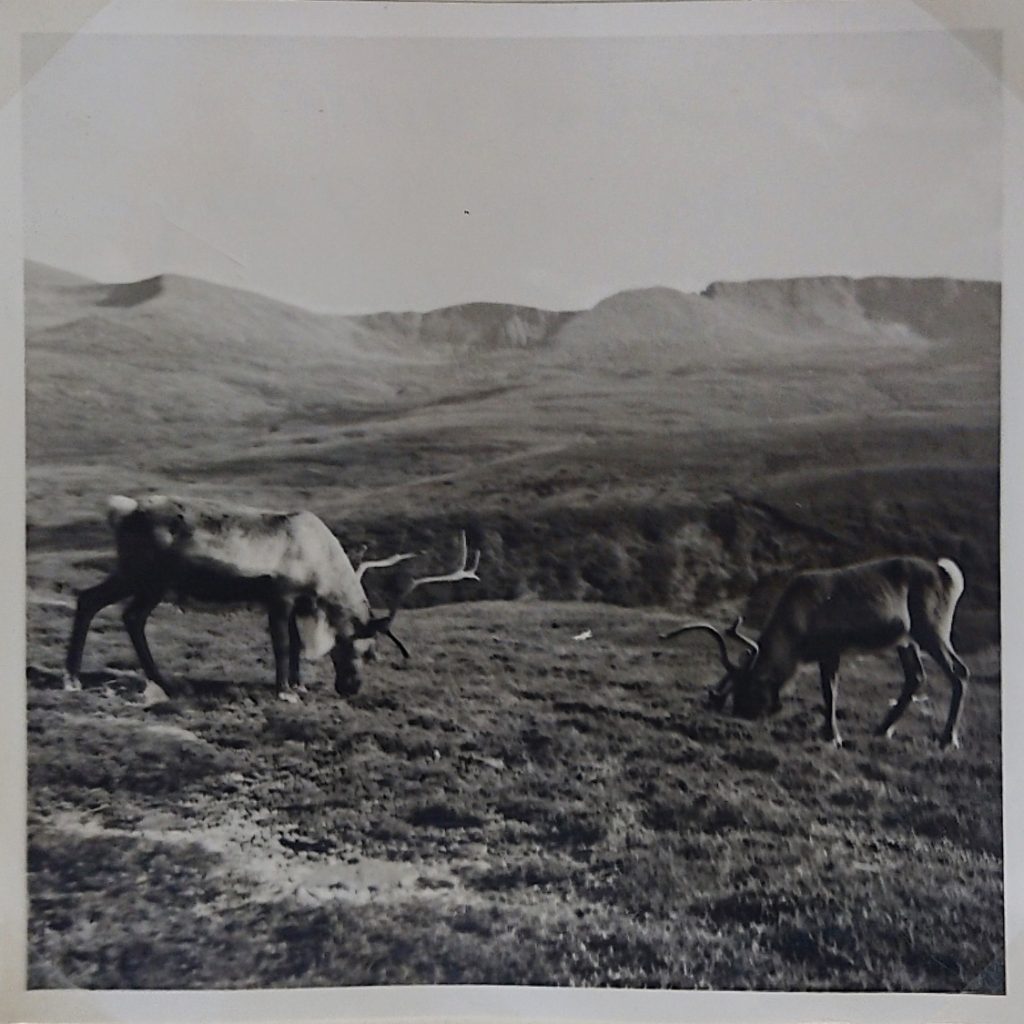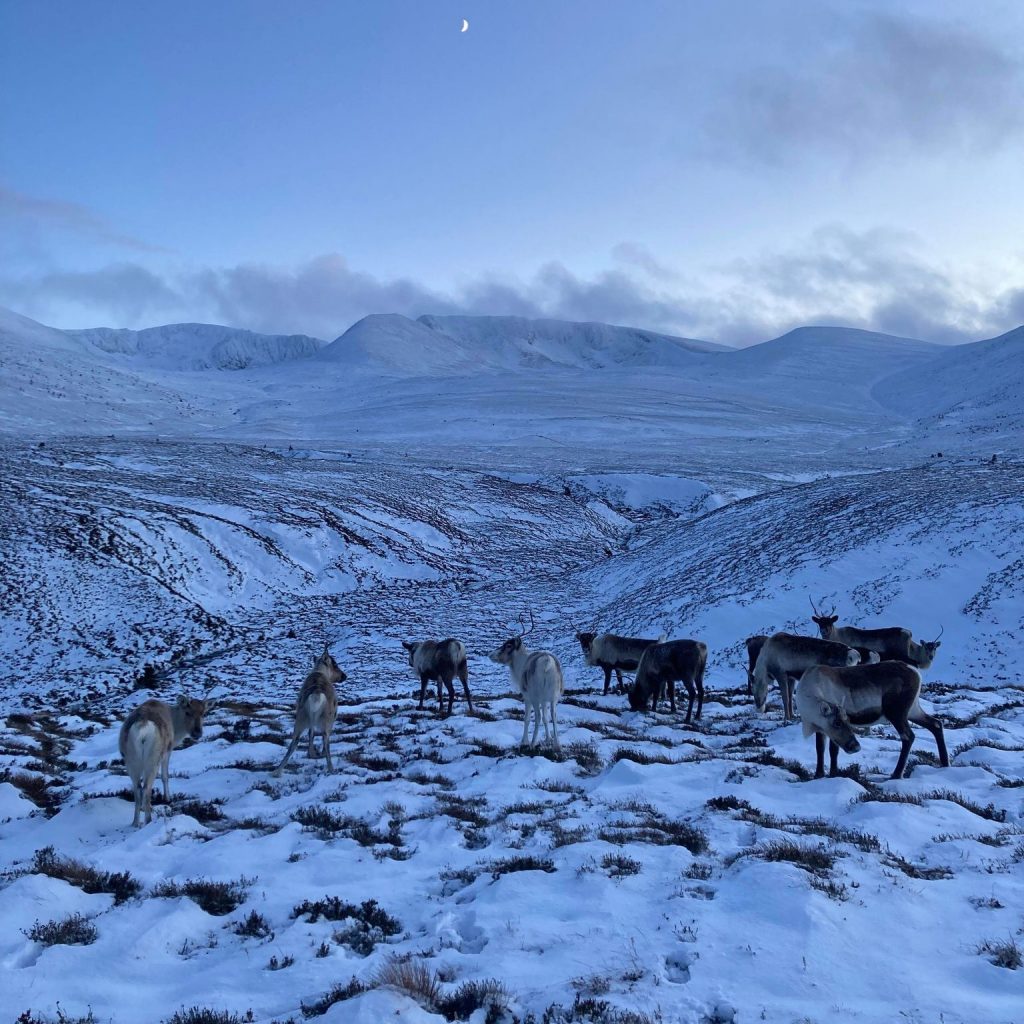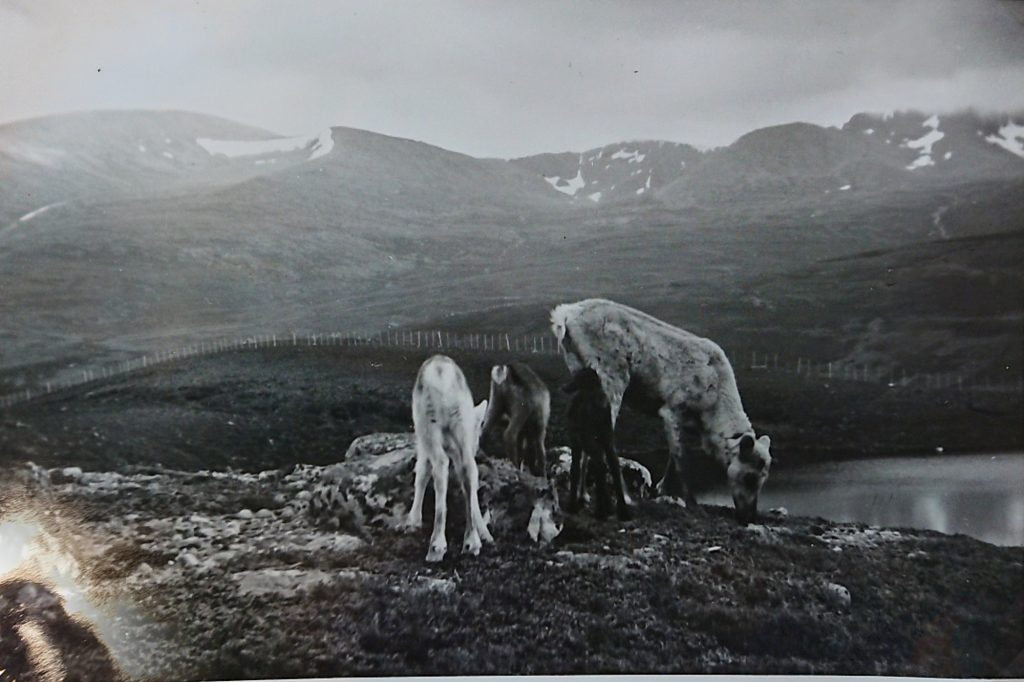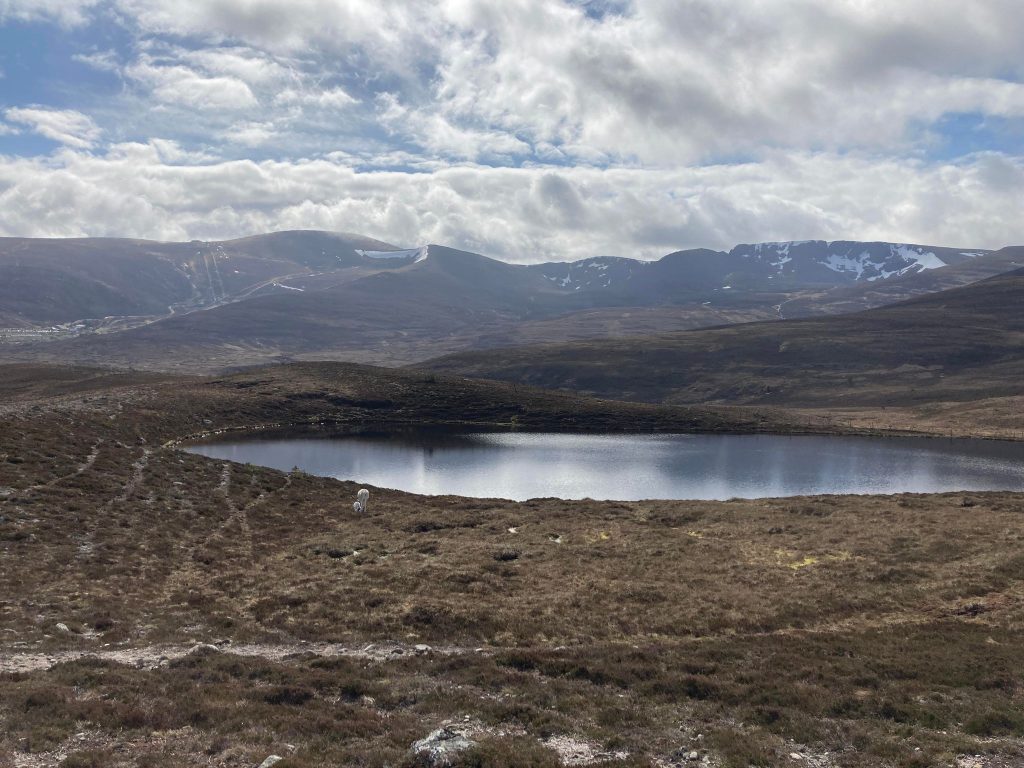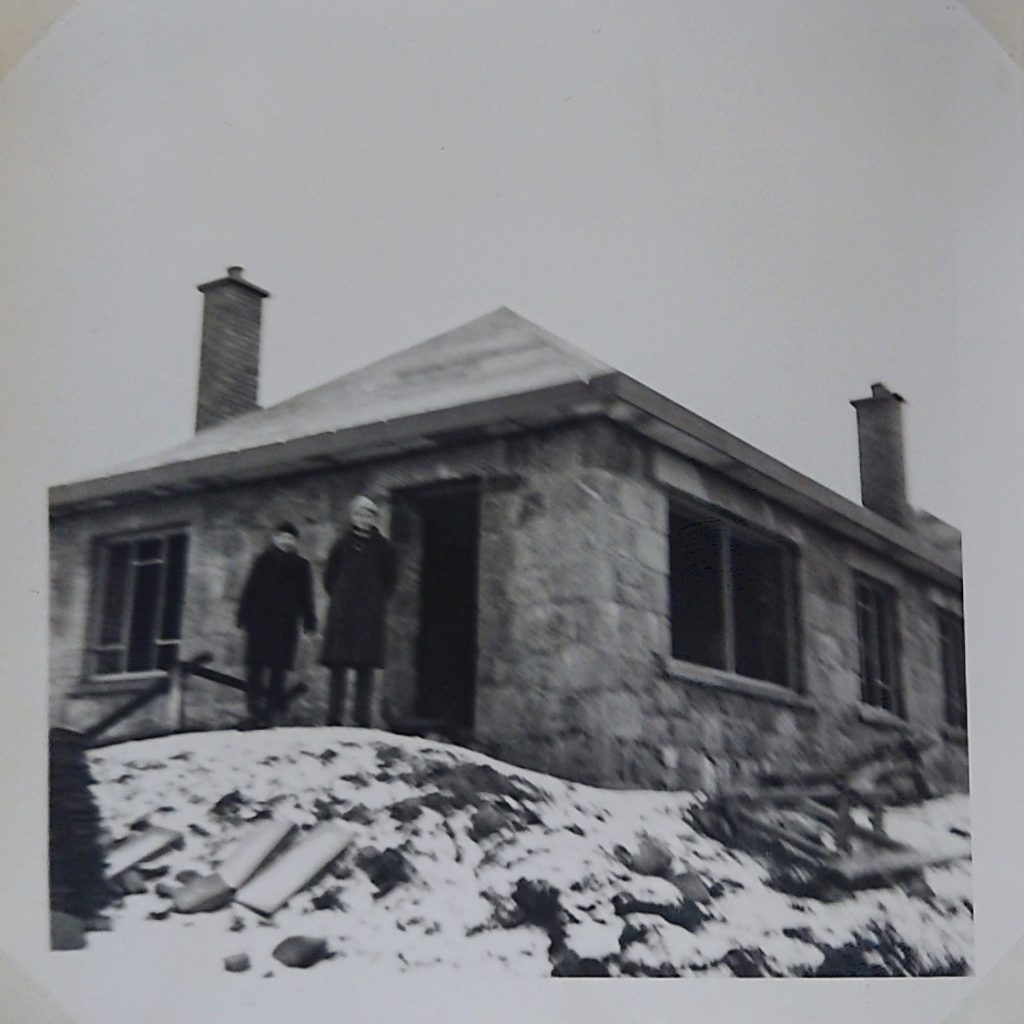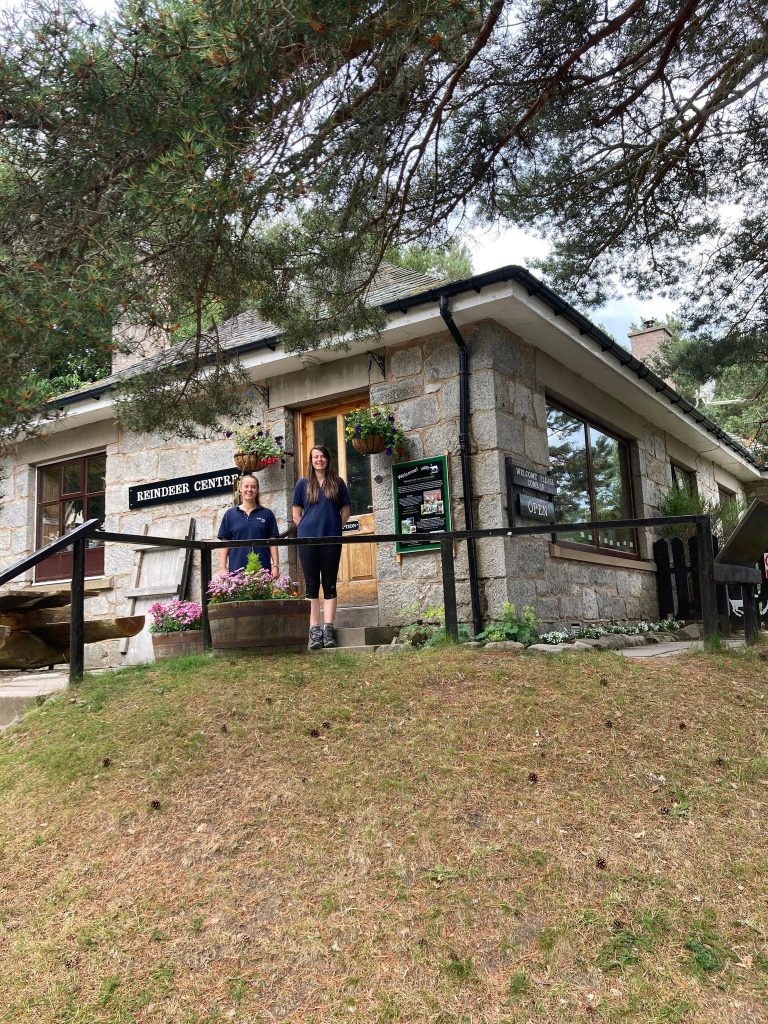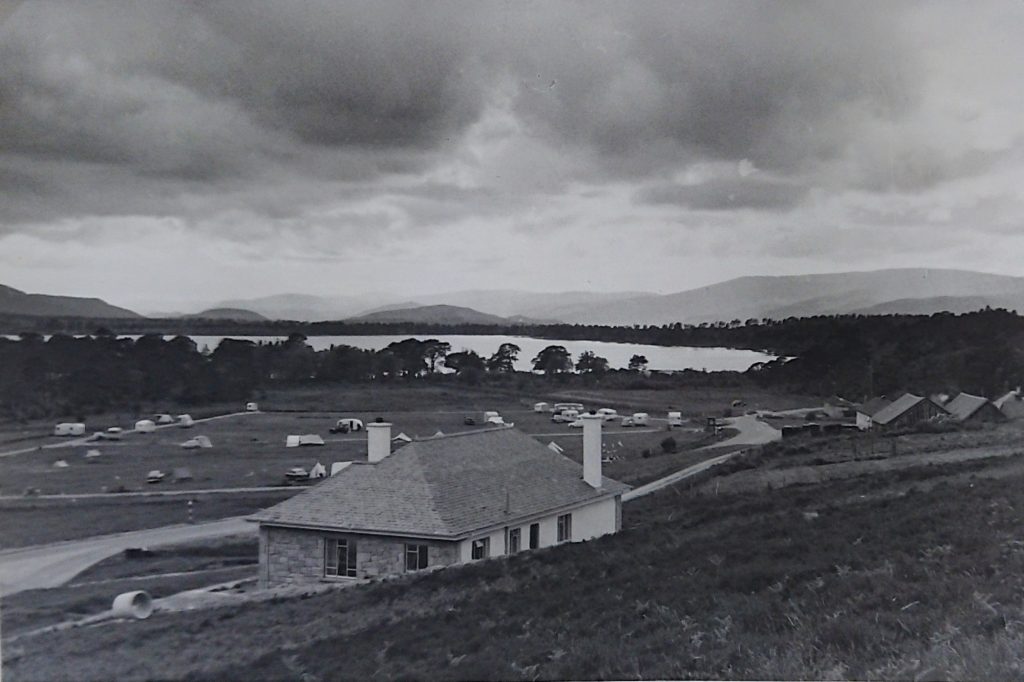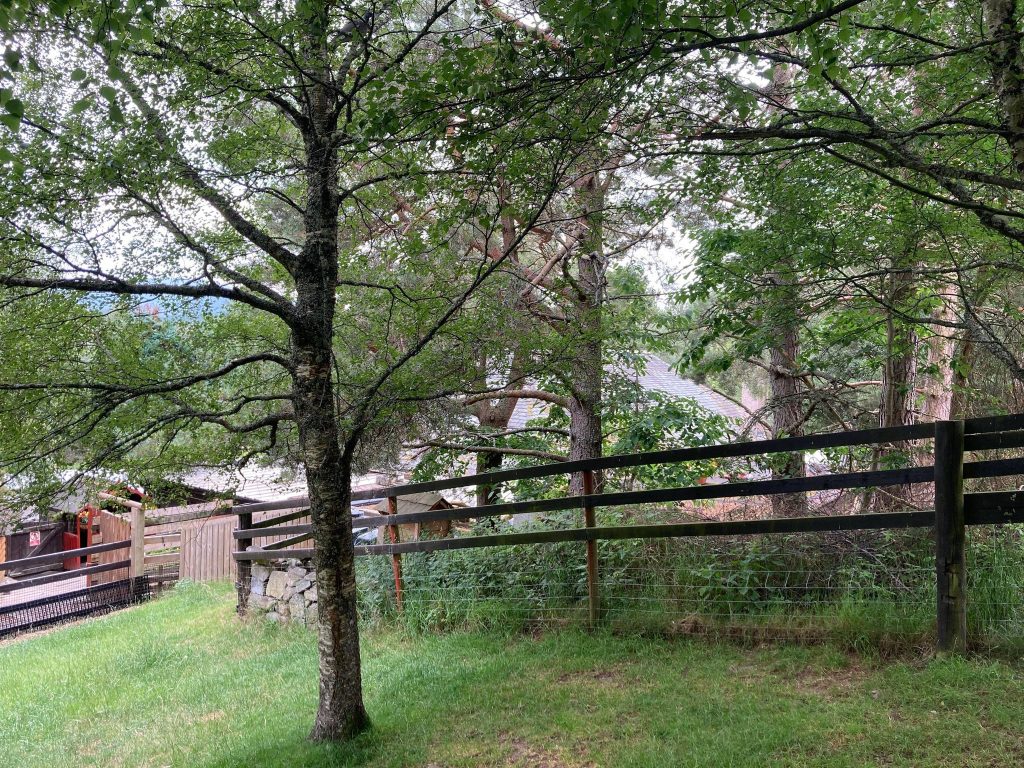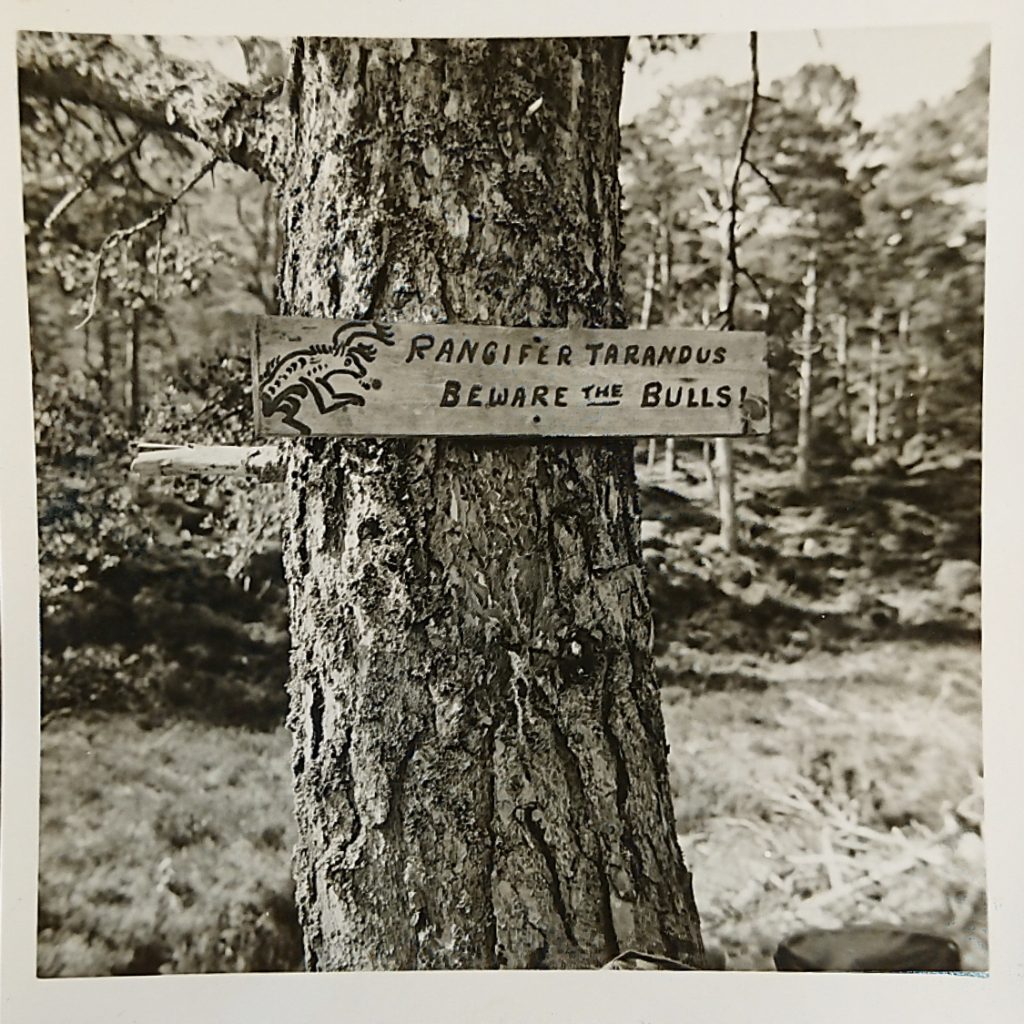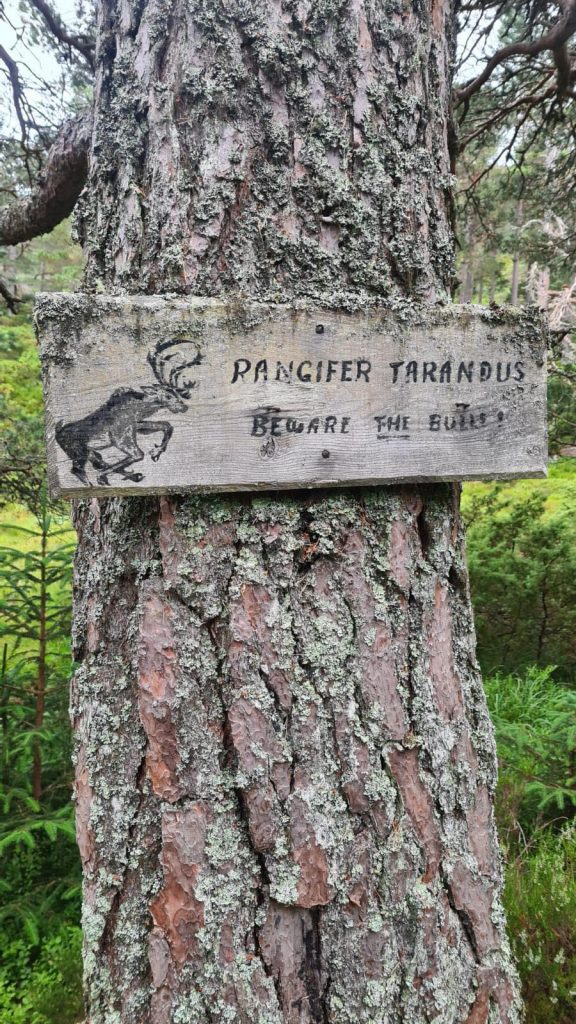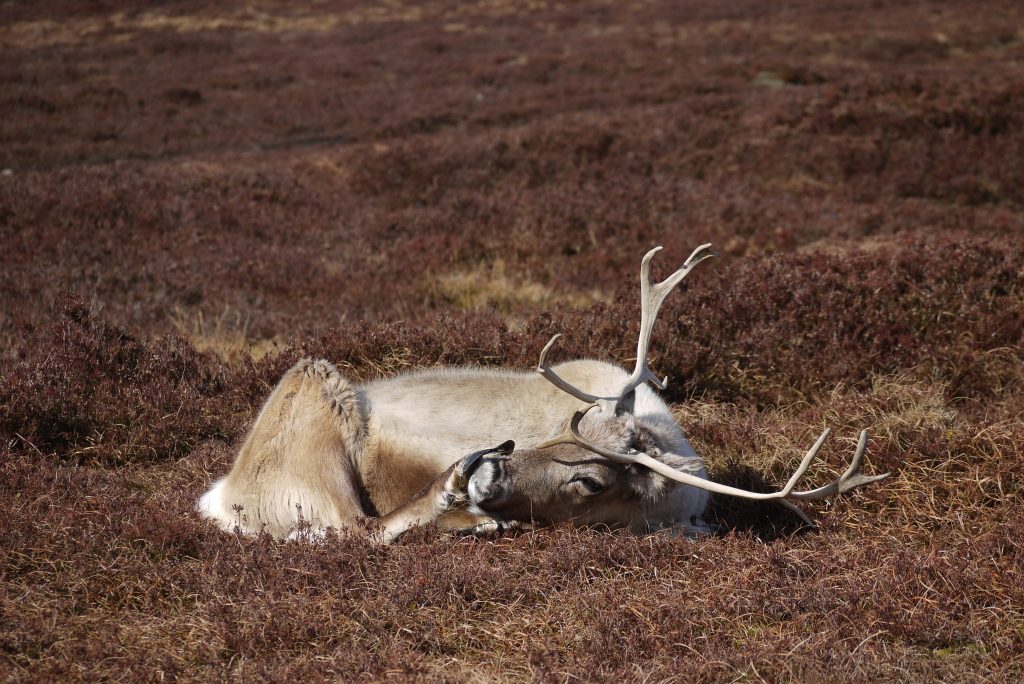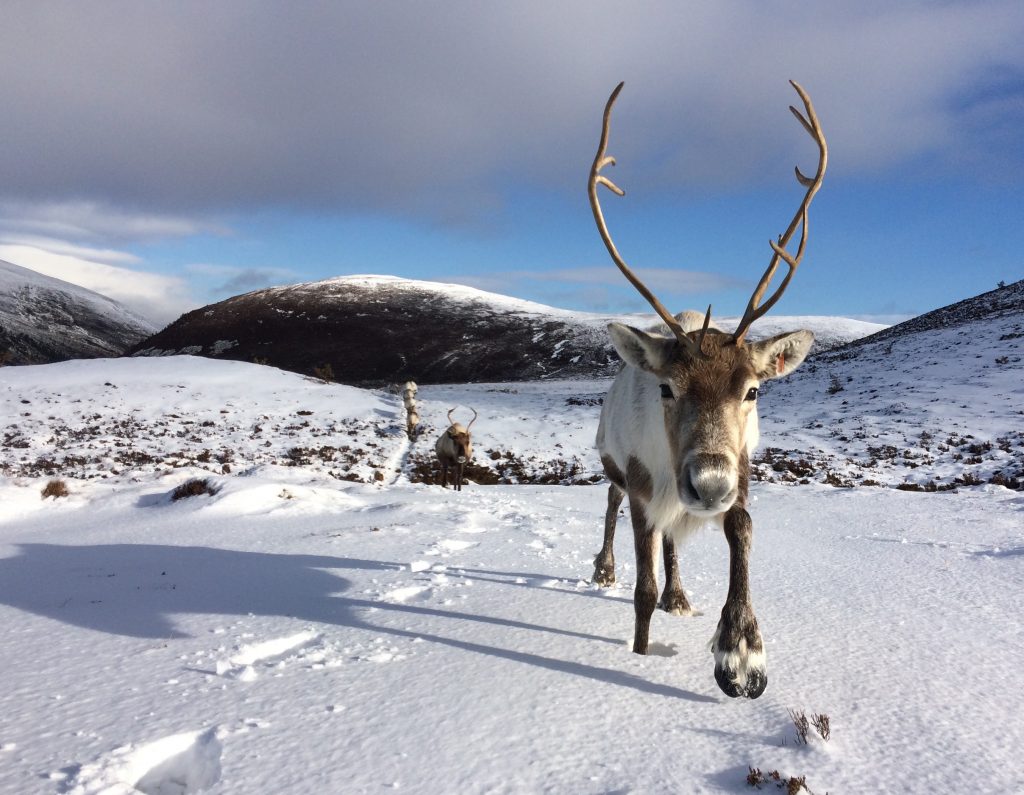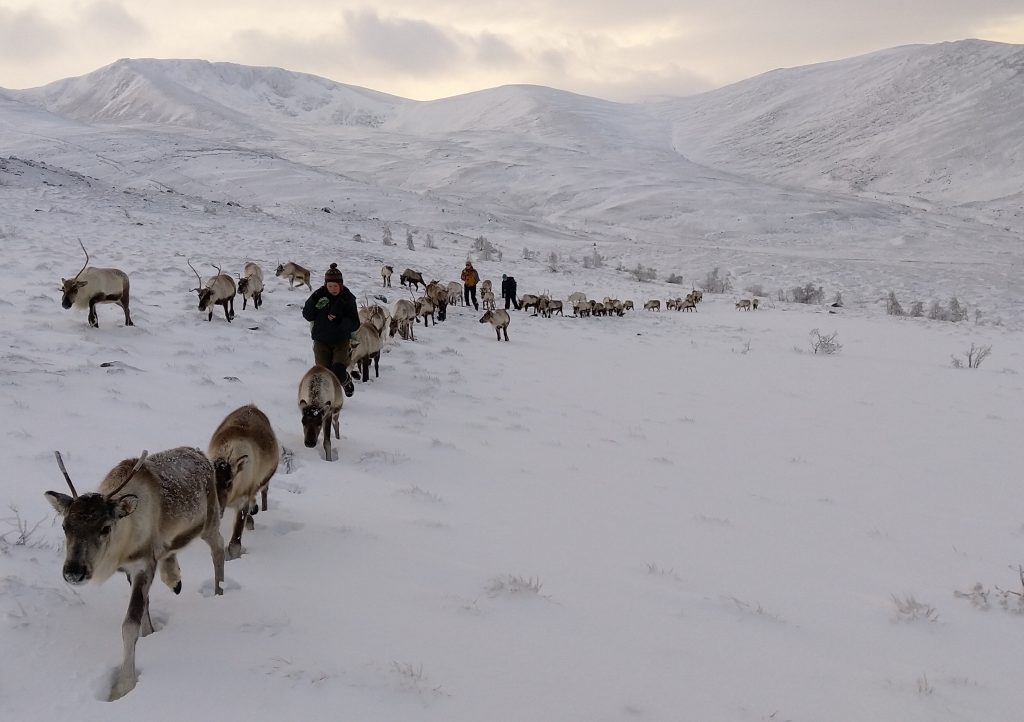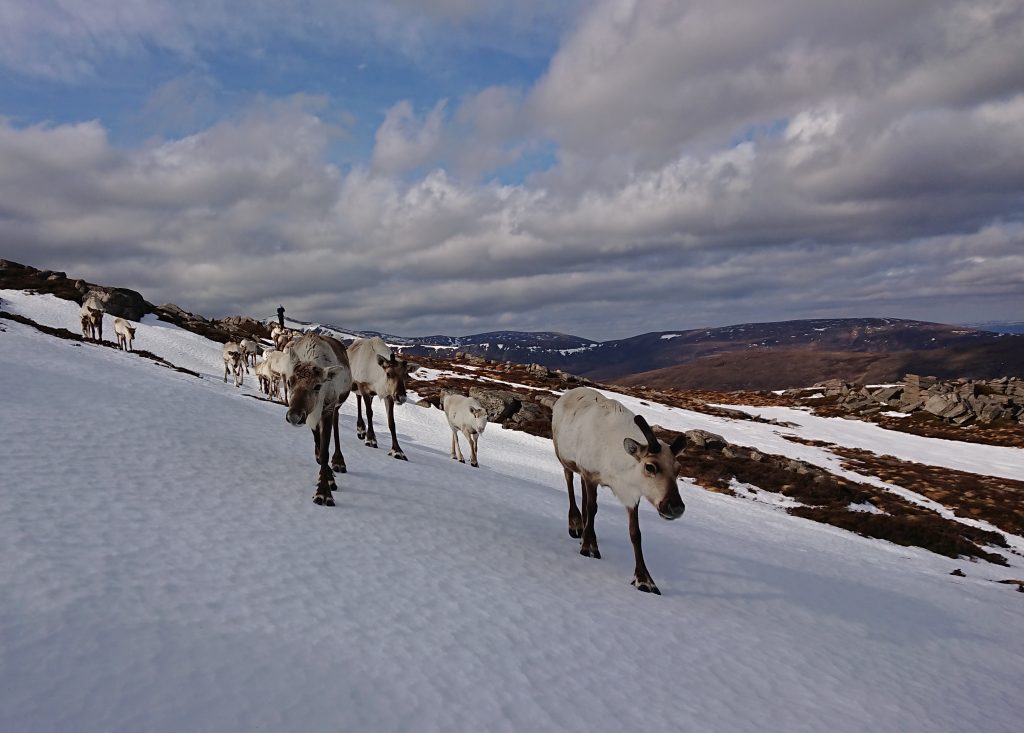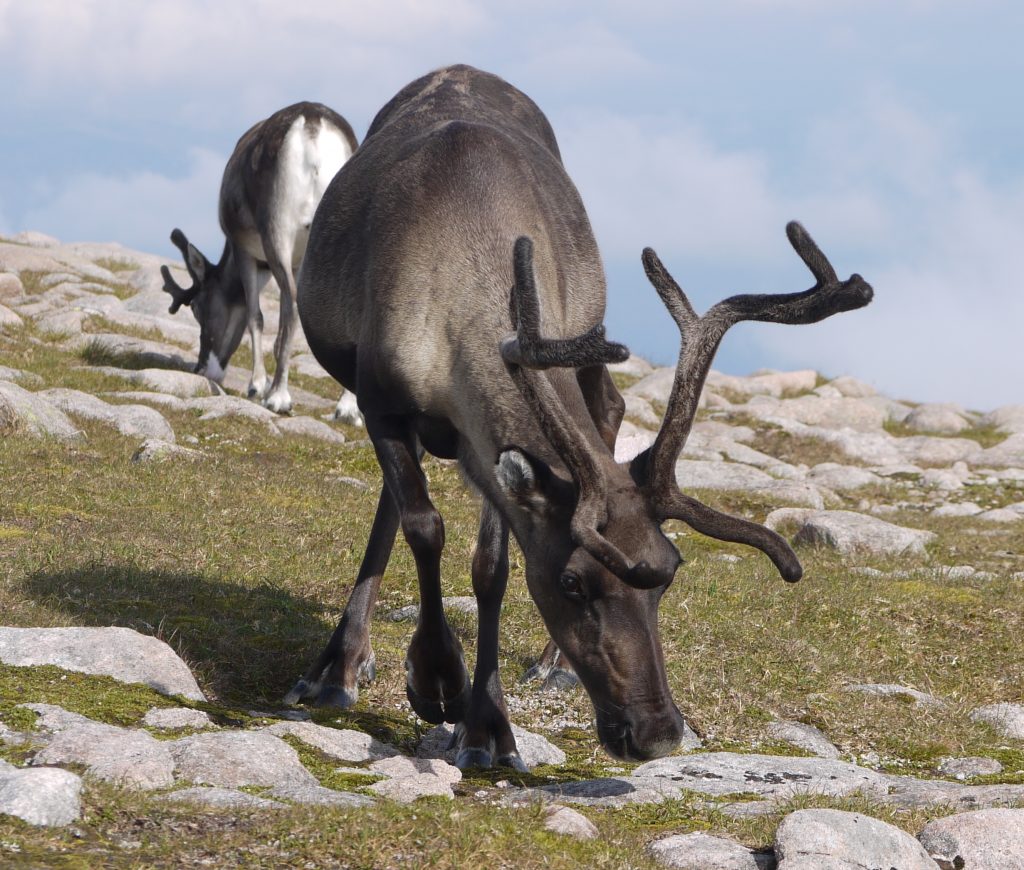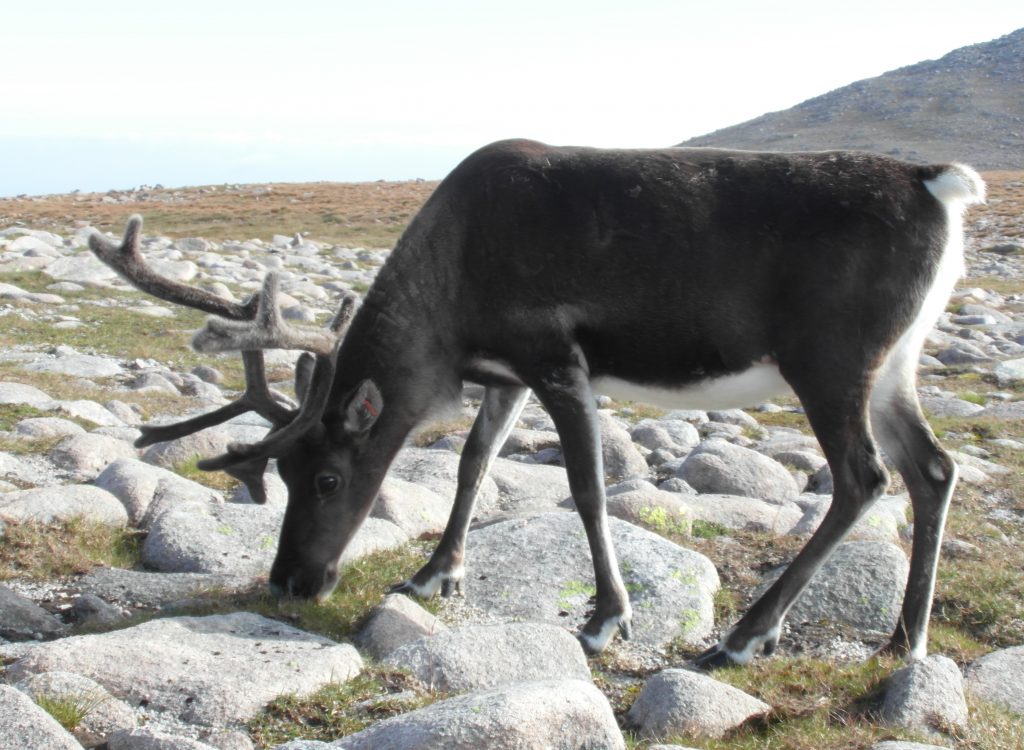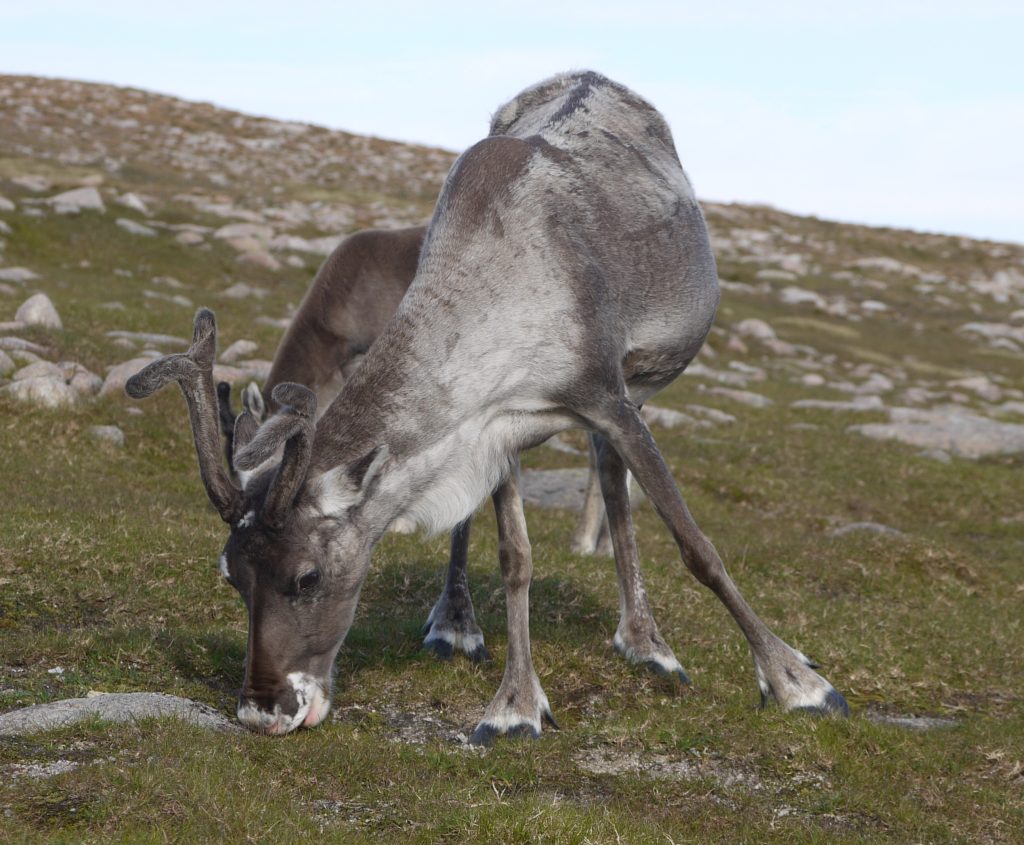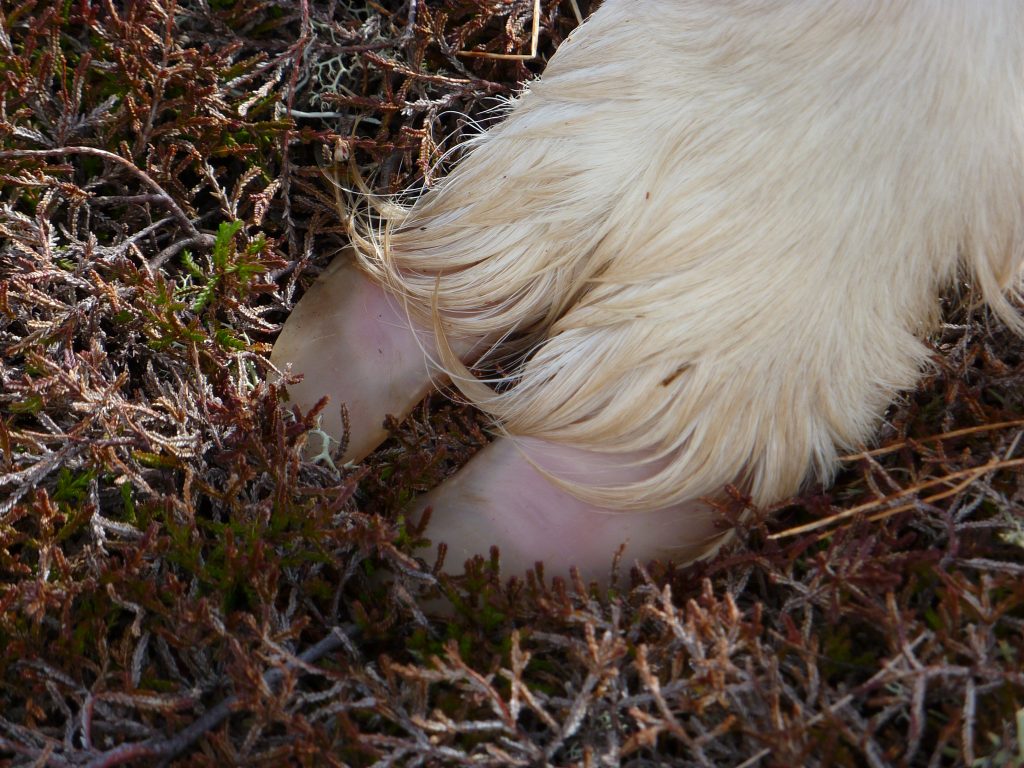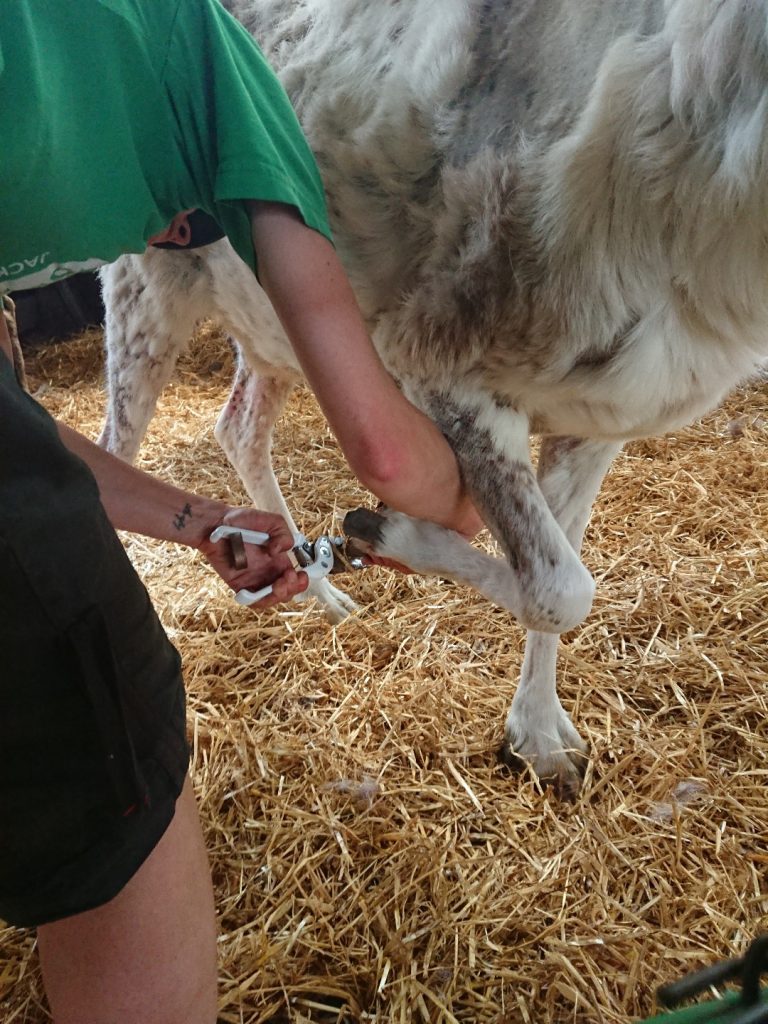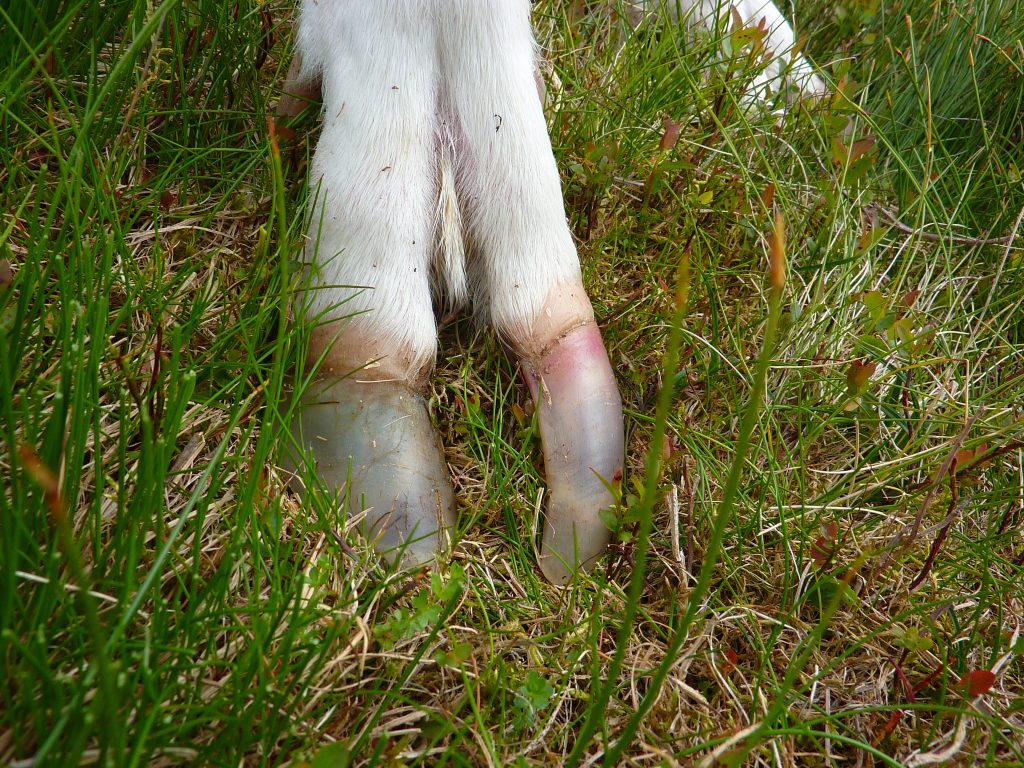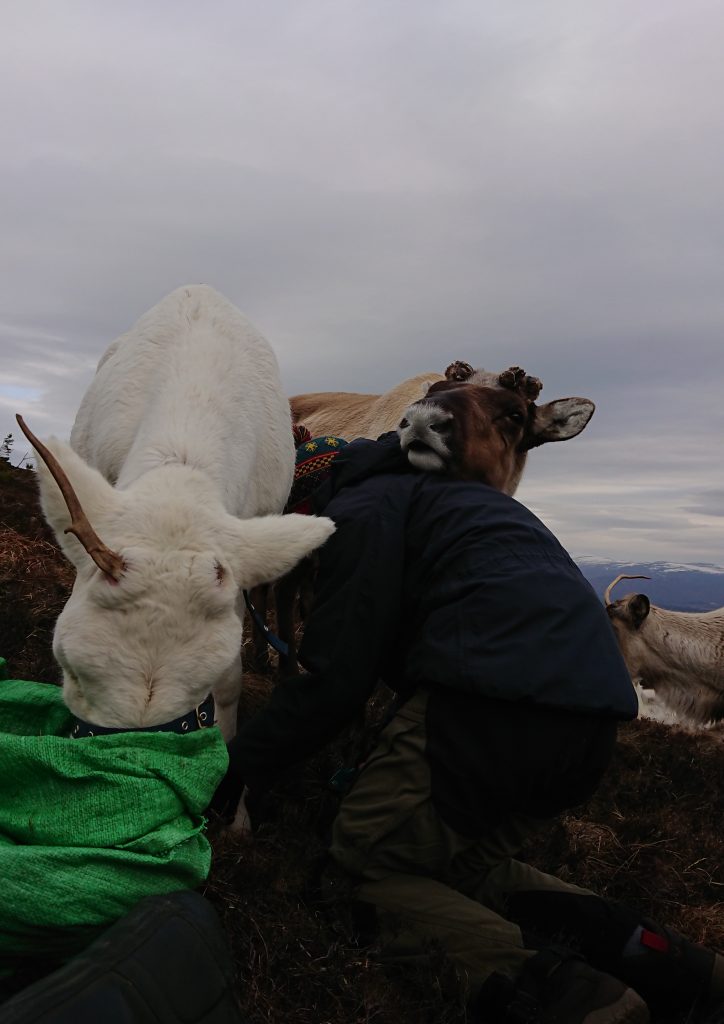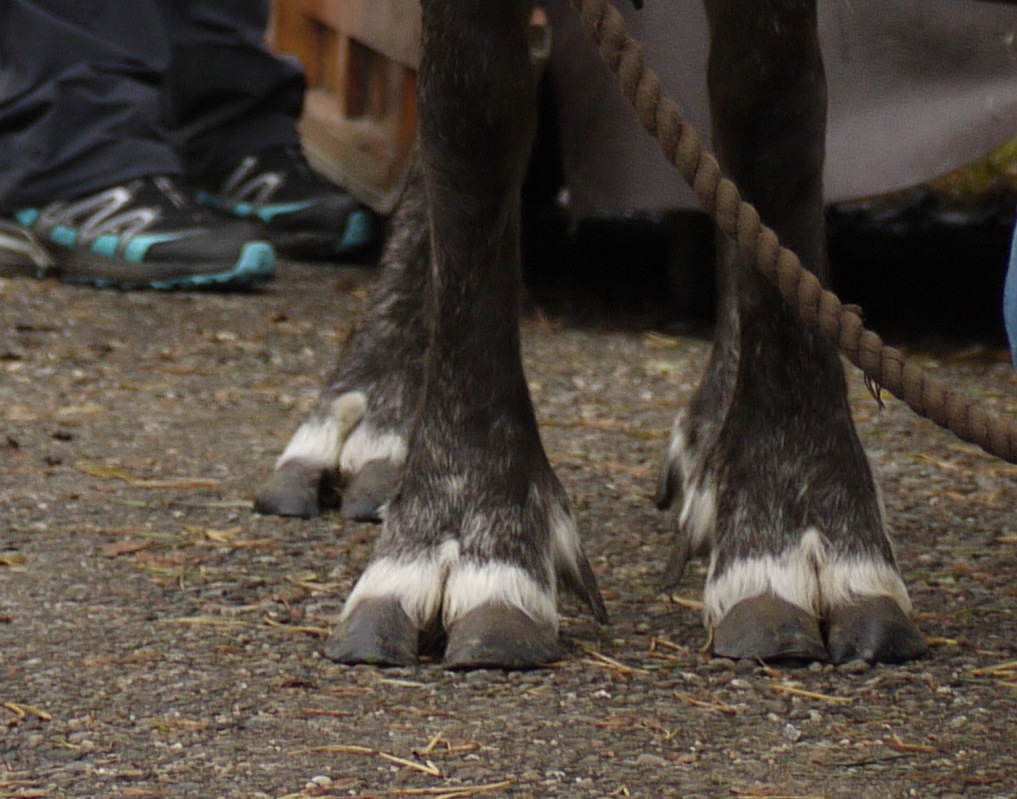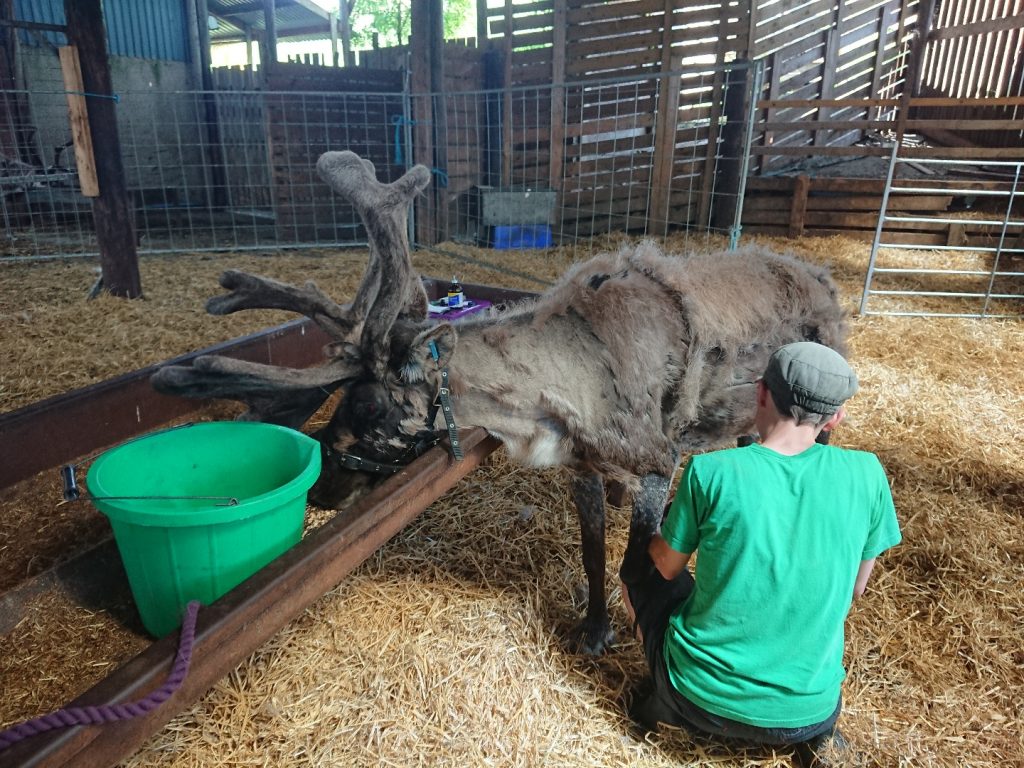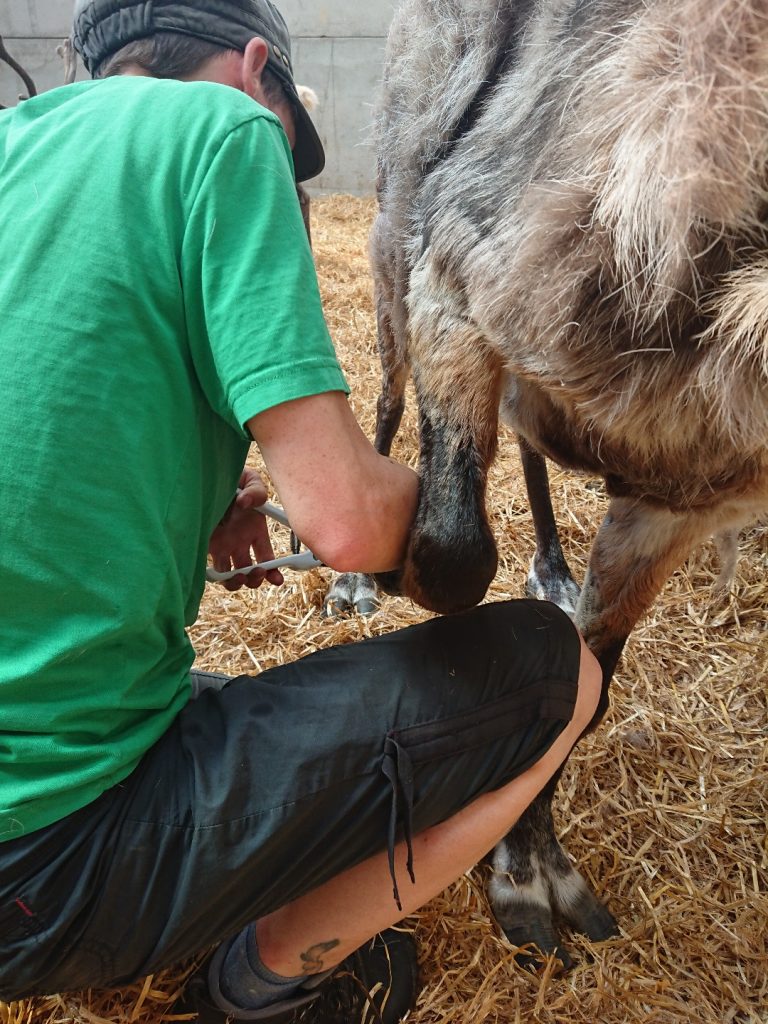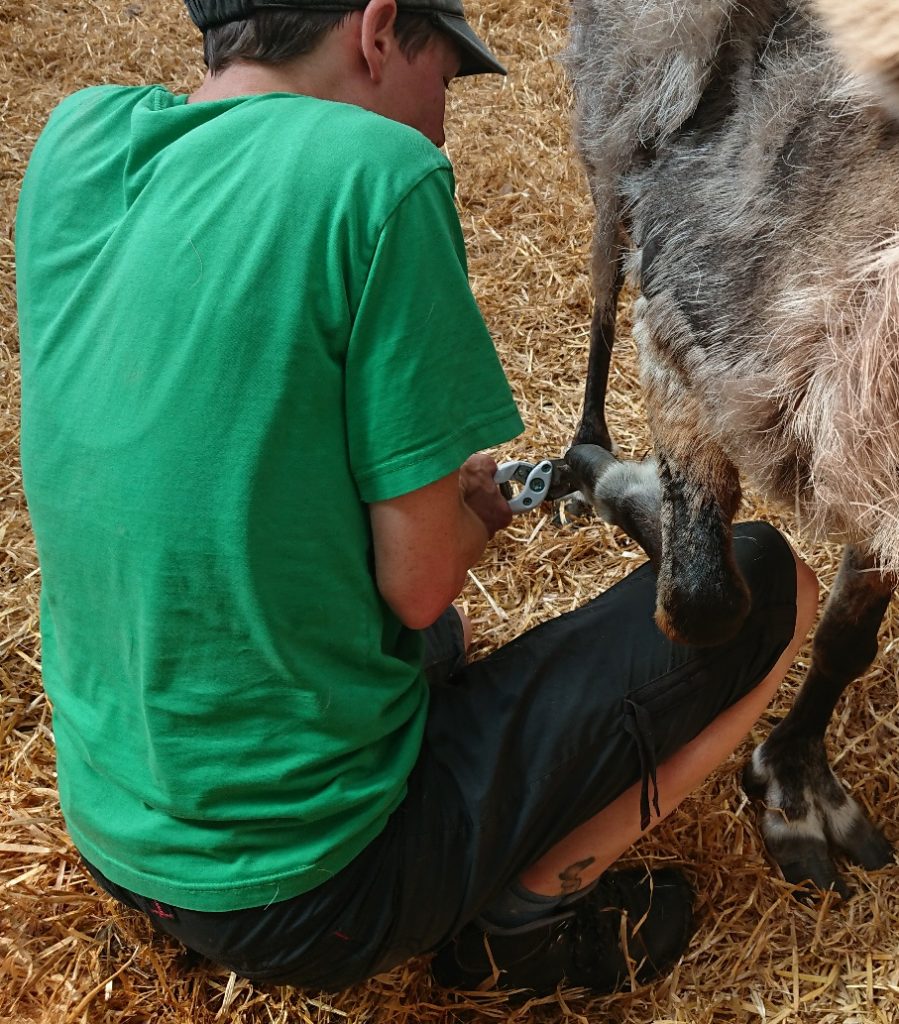A common question that we get asked on our Hill Trips is ‘how long do reindeer live for?’. The answer is usually anything between 11 – 15 years old with the females typically living a little longer than the males. The oldest reindeer we’ve ever had in our herd was a female called Lilac living to a grand old age of 19, while our oldest male Elvis is still currently living at 17 years old. The older generation in our herd have a pretty good life, the females spend almost the whole year free ranging on open mountain where they know all the best spots for grazing and where they can find the most peace. The older males do free-range on the hills for 3 – 4 months a year and then spend their days at our hill farm near Glenlivet, even with access to the hill they typically spend there time eating and sleeping but that’s totally fine by us. For me, some of the biggest characters in the herd are the older reindeer and even though I’ve only known them since 2017, I thought it would be nice to tell you a bit about some of my favourite females who are on the mature side of life.
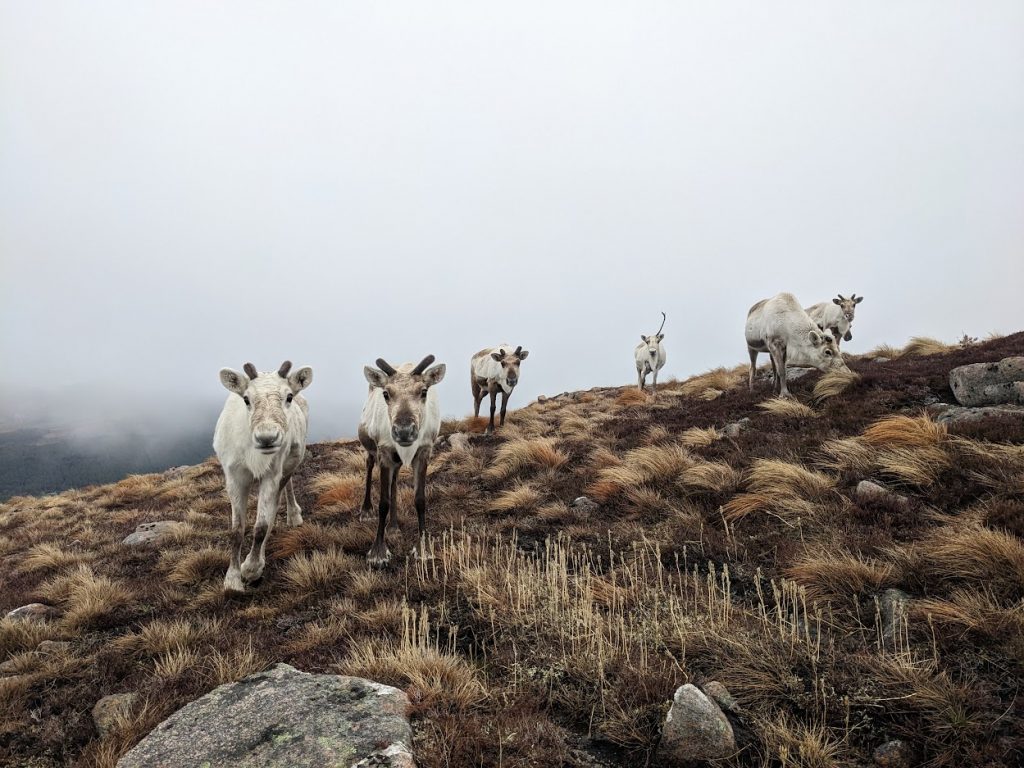
Fly – At 16 years old, Fly is the joint 4th oldest reindeer in our herd along with Fern. For years now she has come across as the natural leader and matriarch of the herd and will regularly be found leading the reindeer to a call or to the areas of best grazing. She’s always grown a cracking set of antlers too which have sometimes been the largest female set of the year and usually starts to grow her new set of antlers before any other female. Other herders have told me that Fly was quite an aloof reindeer when she was younger and even to this day she isn’t exactly tame, but she has maybe learned to trust us a bit more in recent years and will happily take handfeed from us now. Being such a big reindeer she’s unmistakable once you get to know them all as individuals and it’s always nice to see her doing so well at her age. These days she keeps herself on the outside of the bigger groups of reindeer not getting involved in the hustling and pushing of other aspiring females, but I feel like her presence is never missed. For her age Fly is in amazing condition and I hope that she can remain a key member of the herd for some time still.
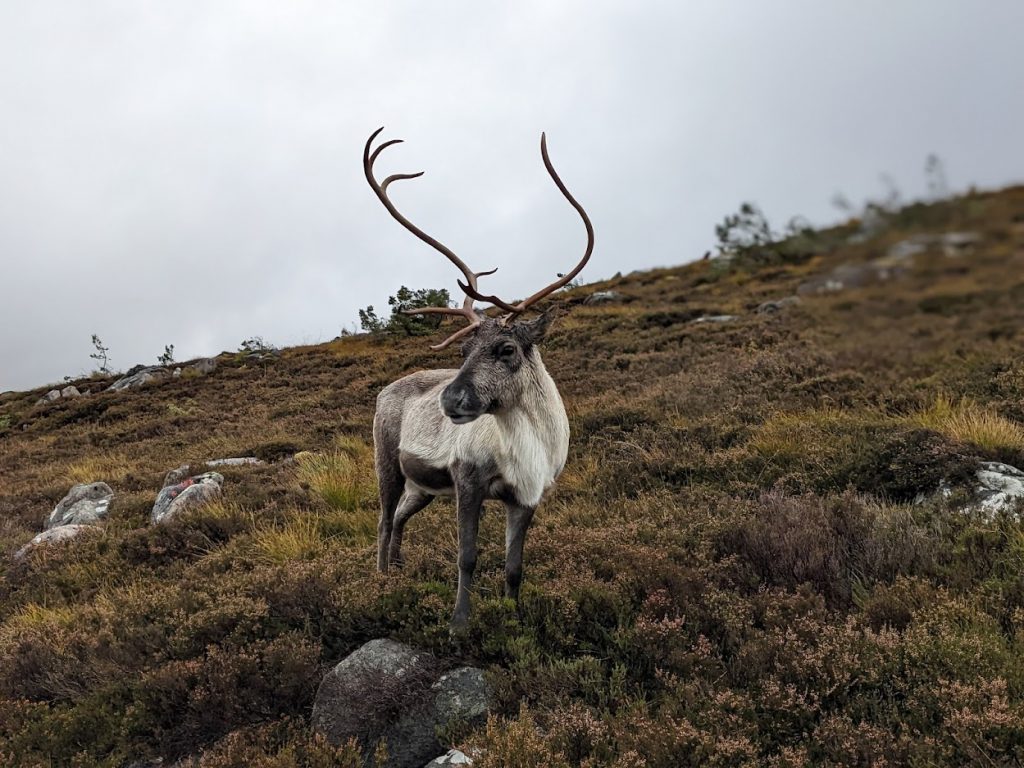
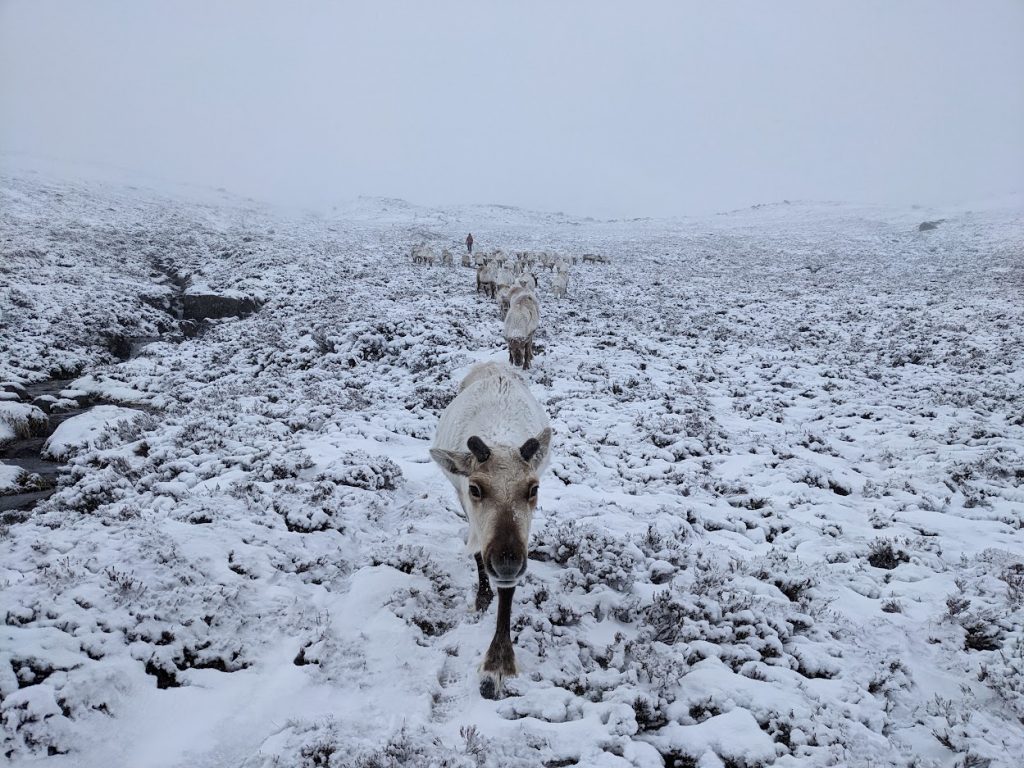
Fern – Fern was one of the first reindeer I ever got to know, and she’s got such a sweet and friendly character. Also 16 years old, she is once again looking amazing for her age and growing another great set of antlers. I sometimes think that reindeer can give a sense of calmness to people in the way they are so relaxed and docile, and no reindeer acts more like this than Fern. I do feel like I abuse her easy-going nature sometimes, whenever I’m in need of catching out a reindeer to help lead the herd or pair a reindeer up with one that needs to come off the hill, I can always rely on Fern to easily put a halter on and help out in such situations, she never seems to mind ands always does a wonderful job. A couple of years ago Fern also did something I’ve never seen another reindeer do and that was to take on another calf while also raising her own, Kiruna had lost his mother on the free-range, he was adopted by Fern along with her calf Dublin and for some time we didn’t even know which young reindeer was her calf because she treated them both equally. All in all, she’s just a wonderful reindeer.
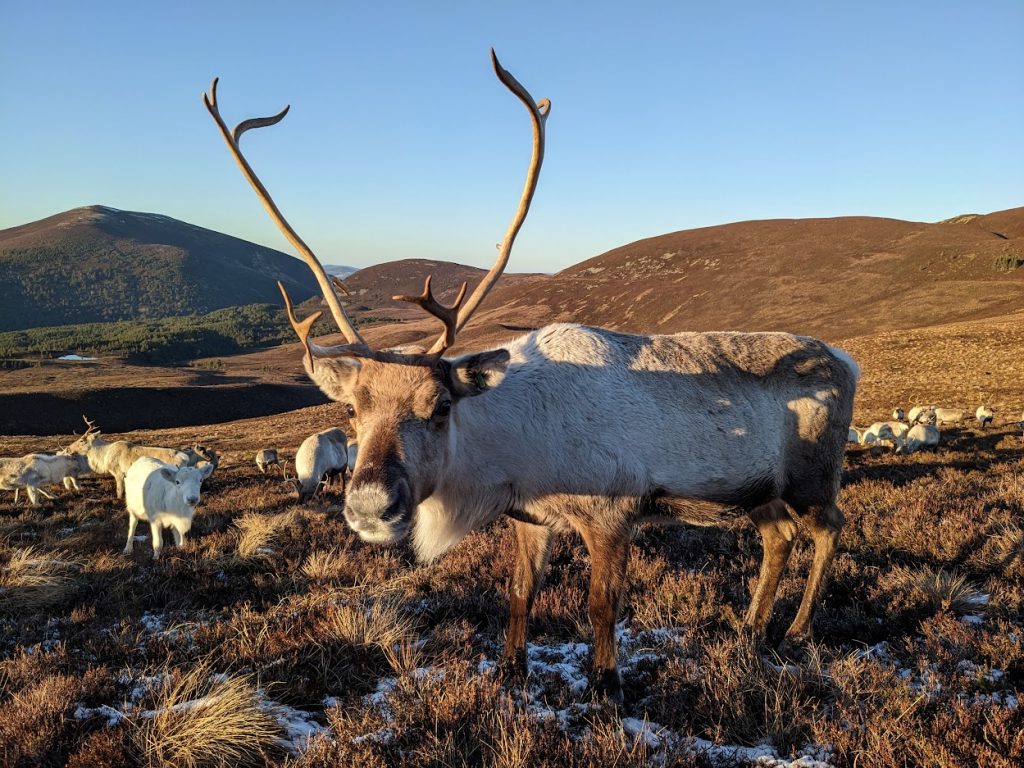
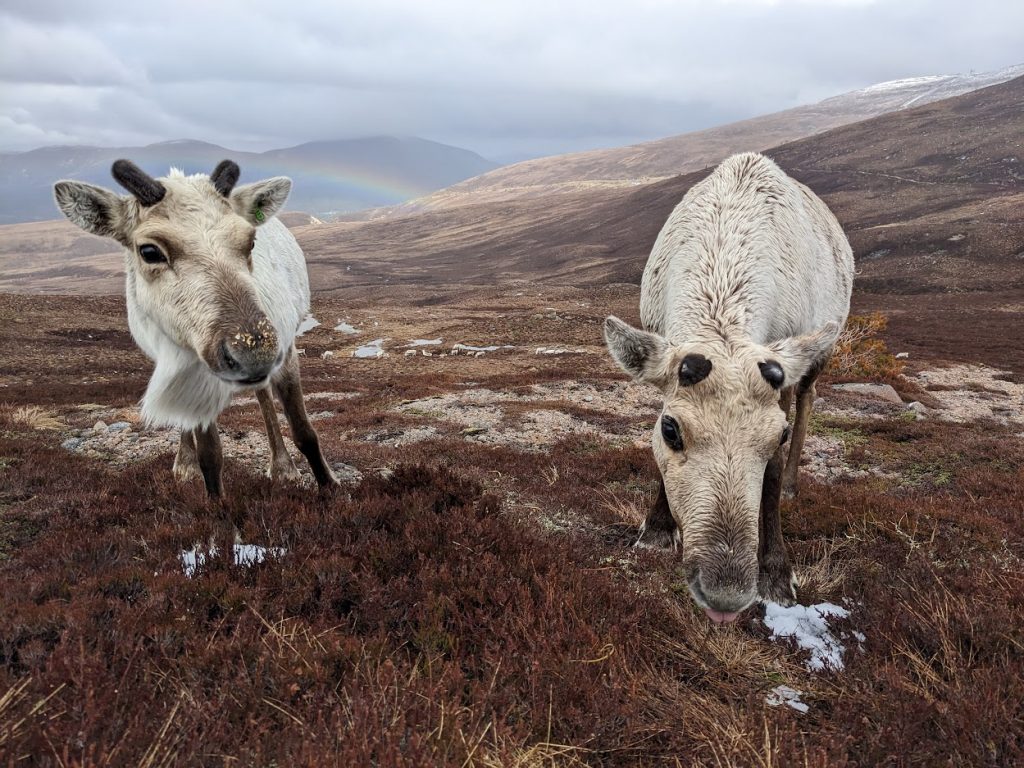
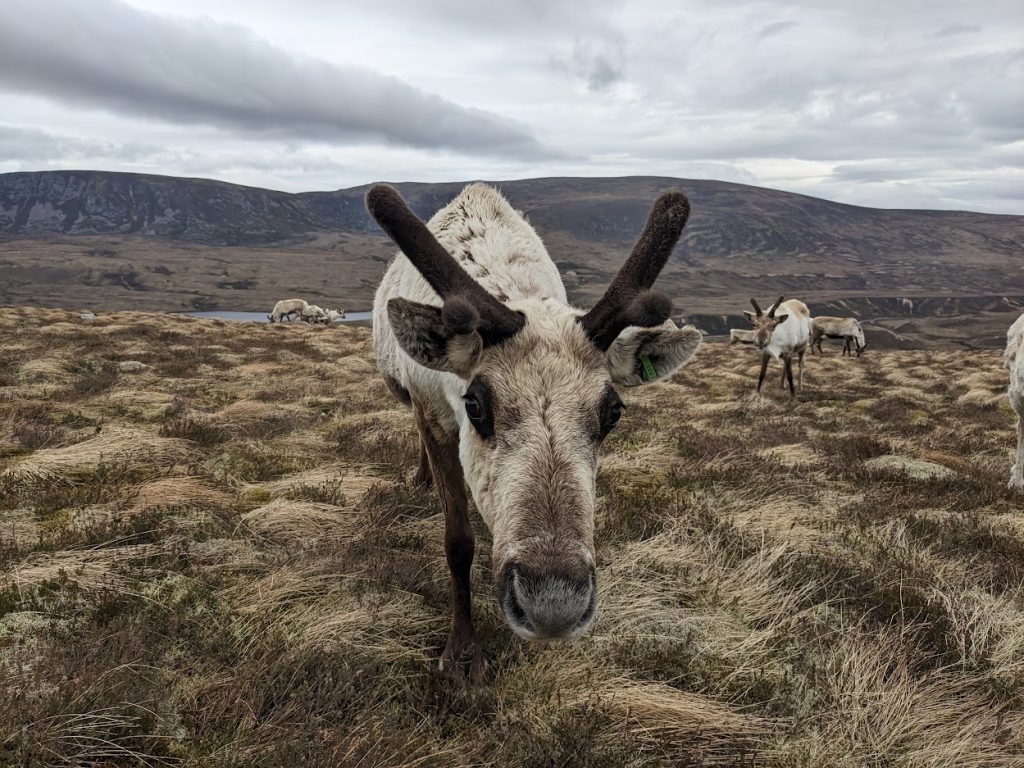
Okapi – Okapi turned 15 in May but in my mind I’ve always thought of her as one of the oldies, I sound so mean to write this but she’s always had older looking face compared to any other reindeer her age. She couldn’t be a more friendly reindeer and has very gentle personality. Very unfortunately when Okapi was 5 years old she prolapsed on several occasions and as a result was no longer able to calve. This meant that since then, she has spent a long life of predominantly free-ranging on the open mountains. It’s always great to come across her on the free-range as she usually heads straight toward us once she realises we have food. She’s quite a greedy reindeer but she doesn’t push it like some of the others in our herd. I like to give her little extra handfuls of food most times I see her because she’s always just so nice and I know she’s a reindeer most herders admire too. It’s also worth mentioning that Okapi’s older brother is Elvis, there must be something in the genes for Okapi and Elvis to be living for as long as they have.
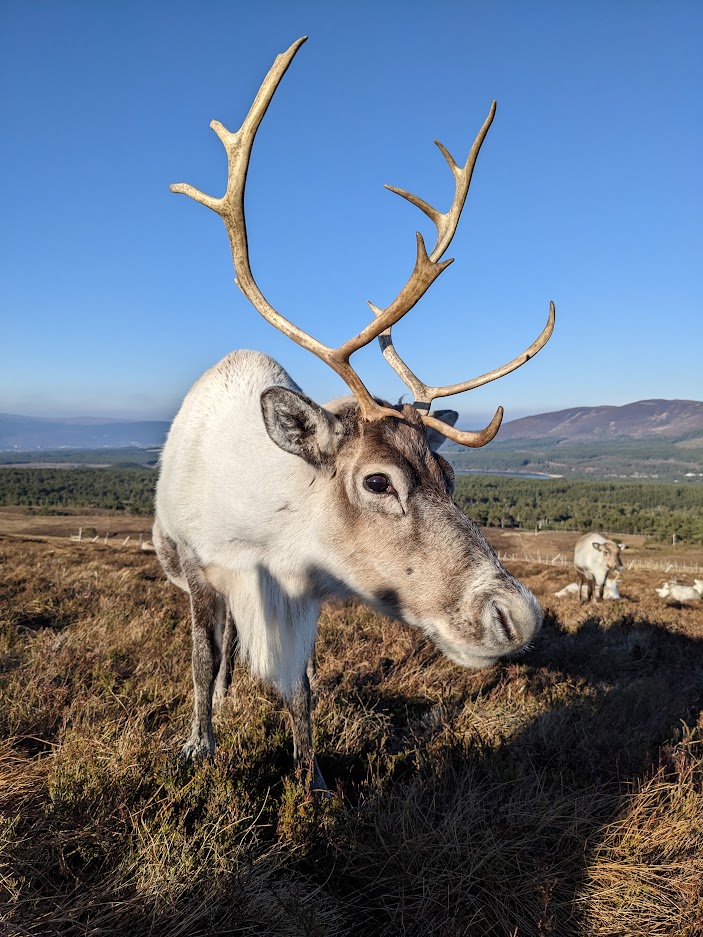
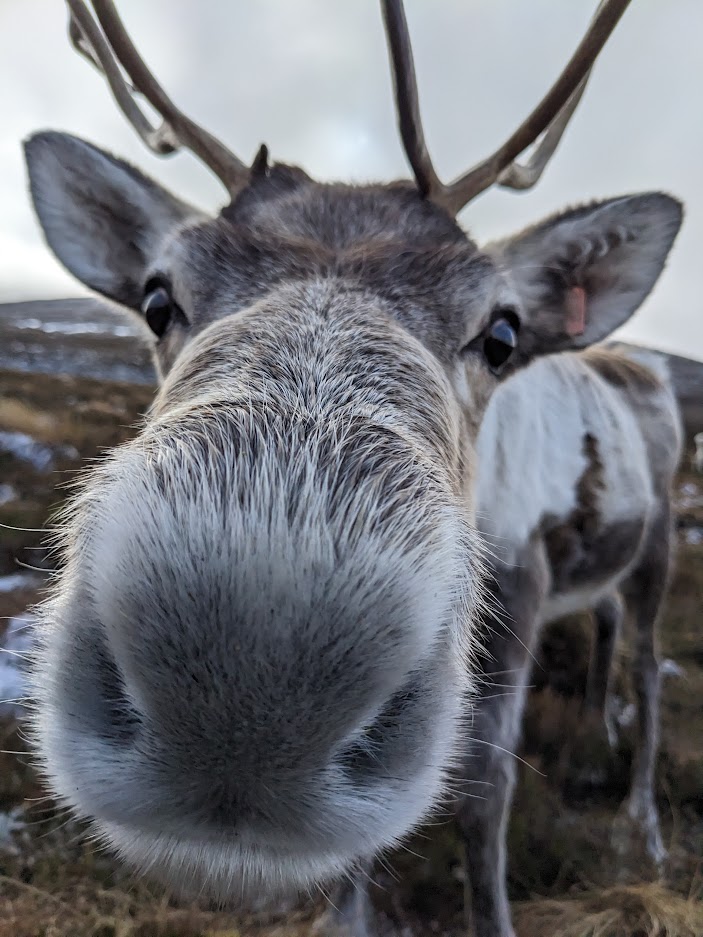
Ryvita – Everyone loves Ryvita! At 14 years old, she’s been a favourite among reindeer herders for many a year now and is the perfect balance of being friendly, cheeky and confident. She will always come over to say hello, or more likely see if there is any food, and will happily follow you around for as long as it takes until you give in and offer her a little hand feed. Over the years, Ryvita has been one of the most photographed reindeer in our herd. Like Fly she grows her antlers early and always knows how to strike a pose for the camera. She’s also quite distinctive for her having a very wide belly and I’ve regularly been asked if she’s pregnant, my usual reply is ‘no, that’s just Ryvita’. Ryvita is part of a large family group and all the reindeer from that line and very friendly and sweet.
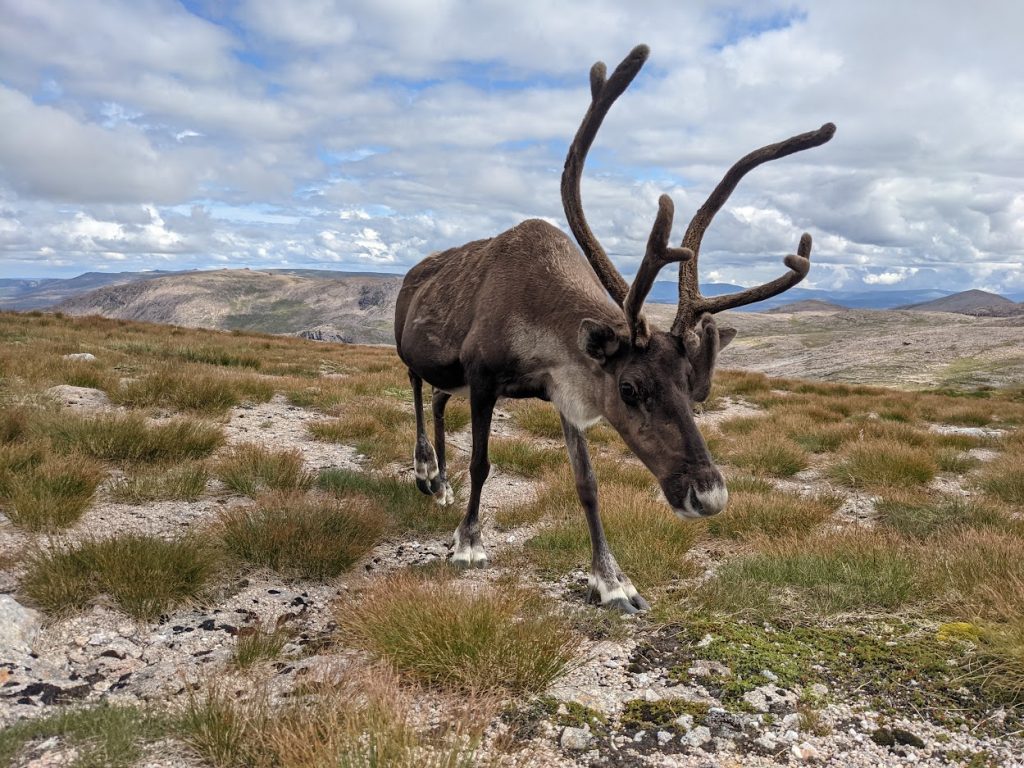
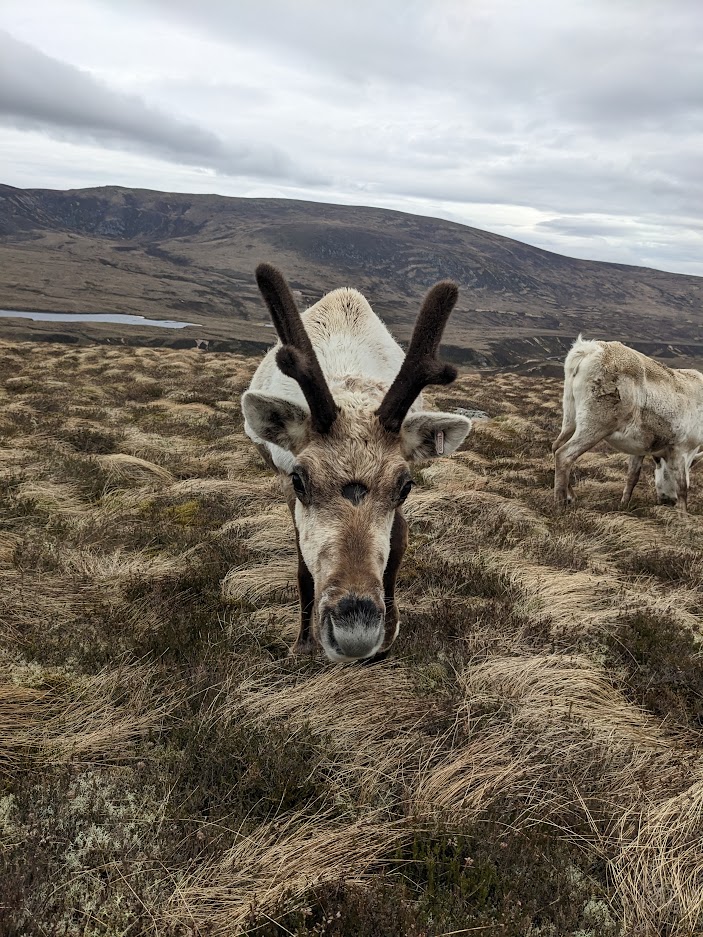
Joe

